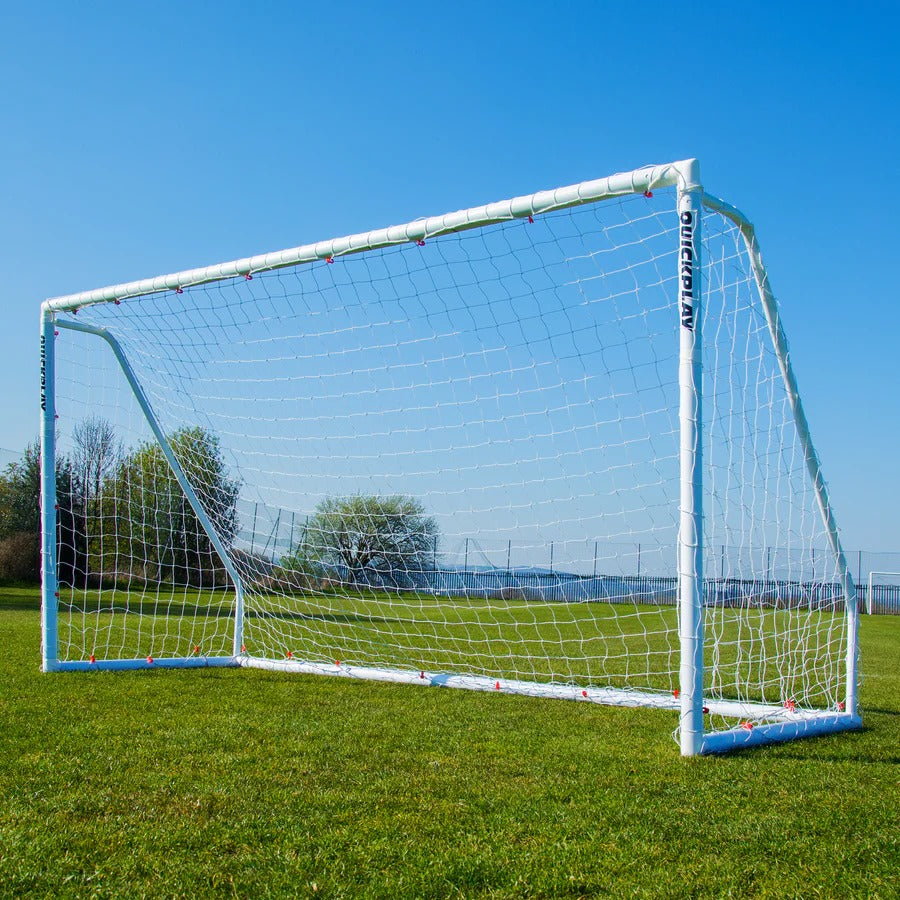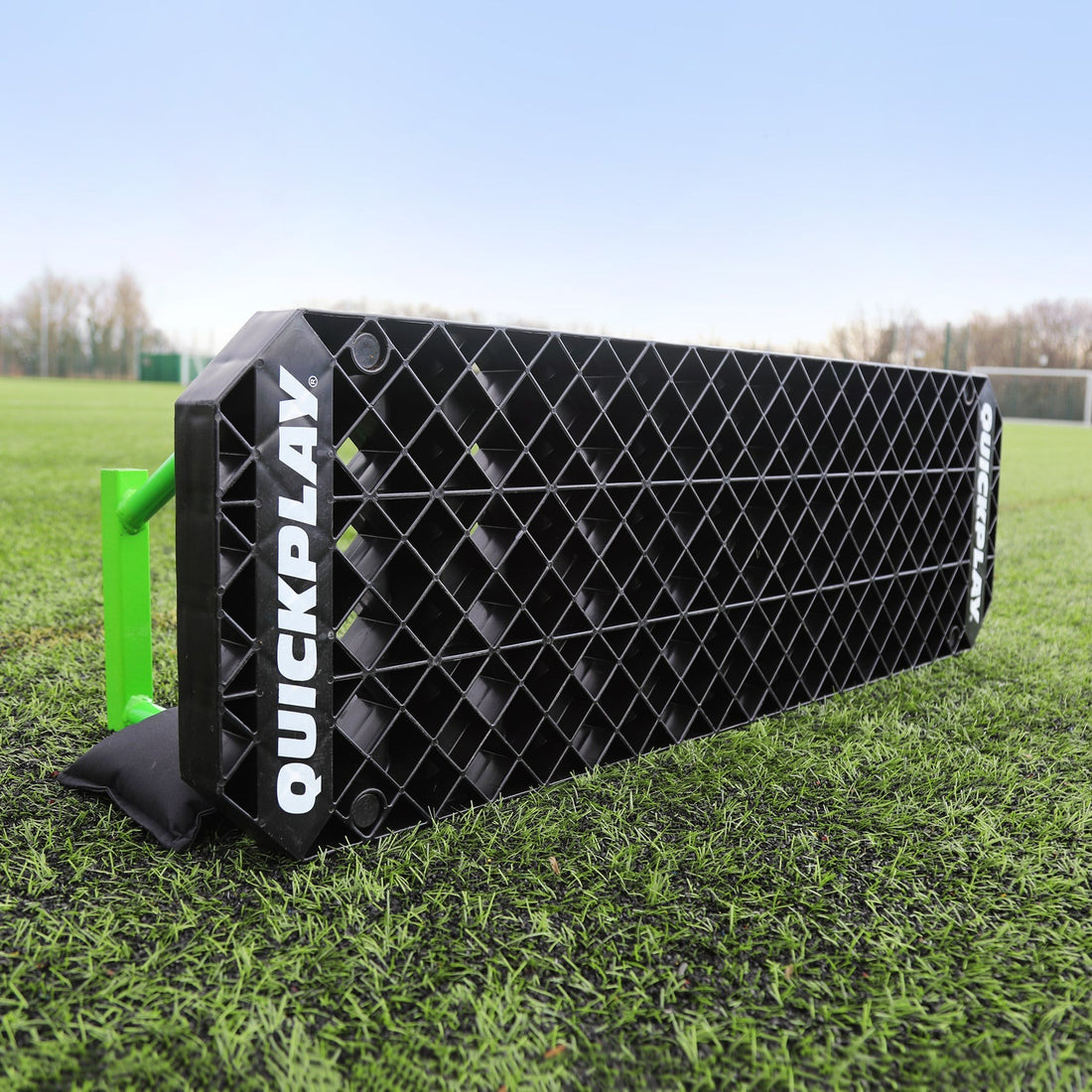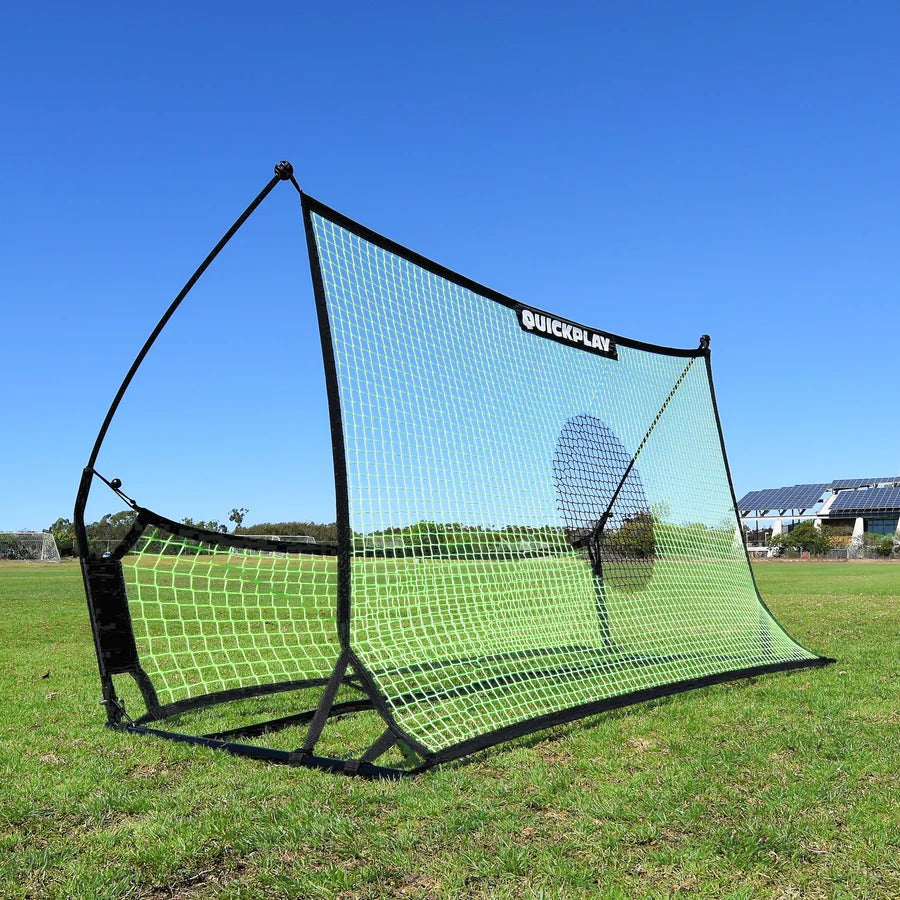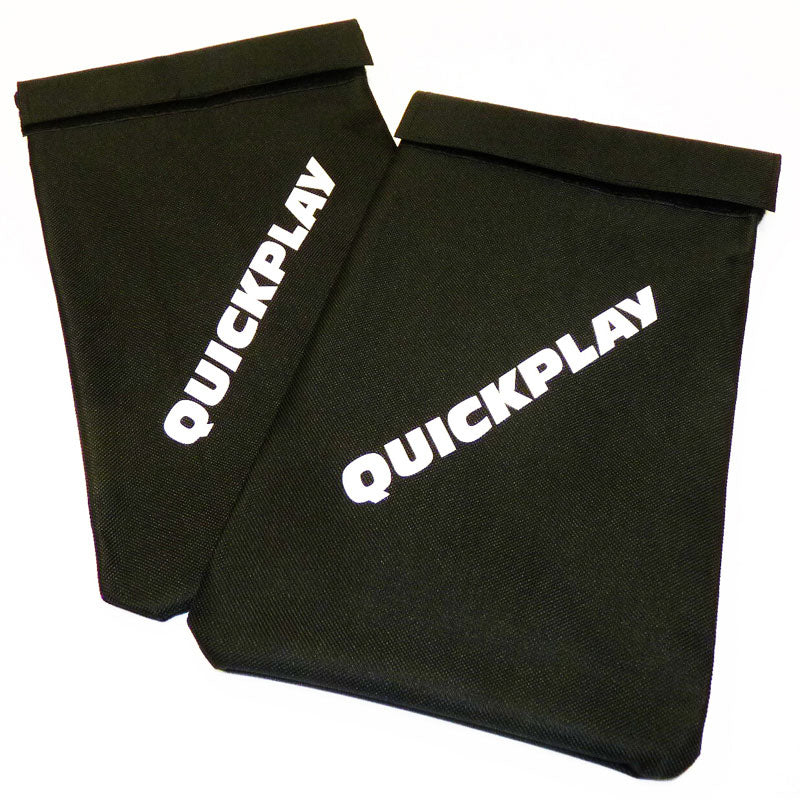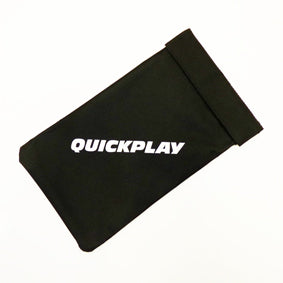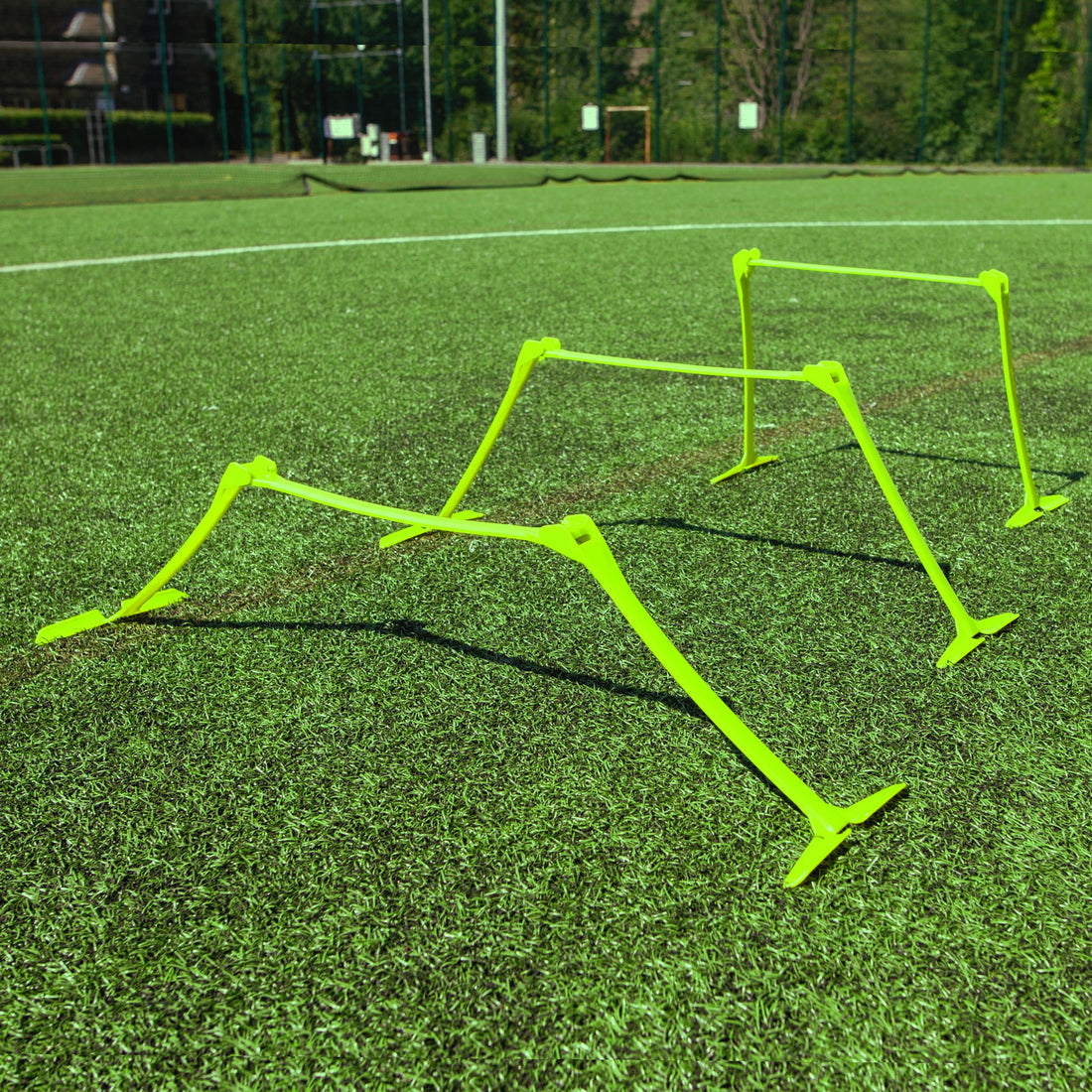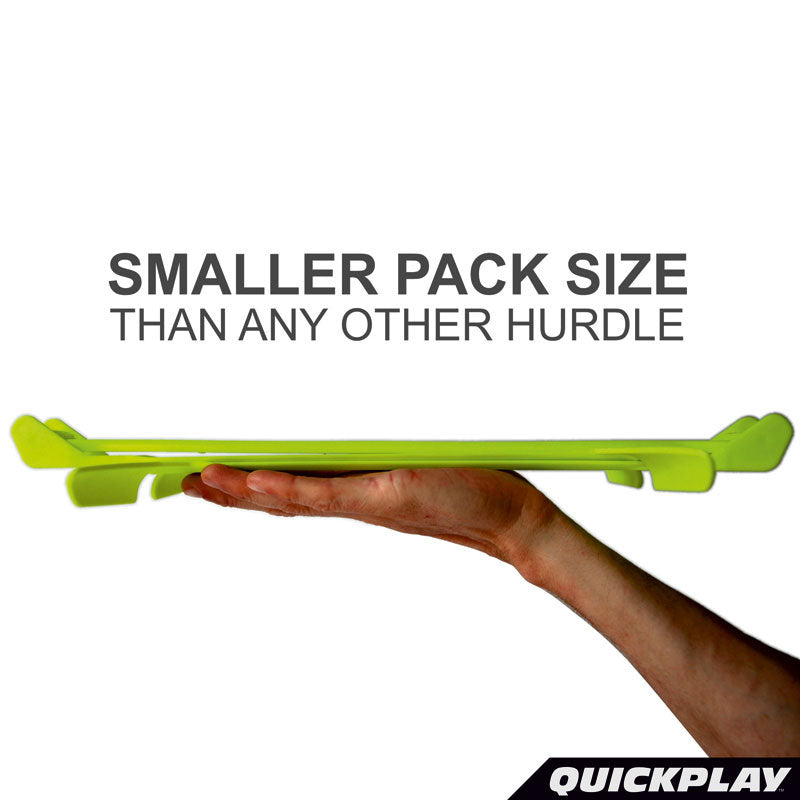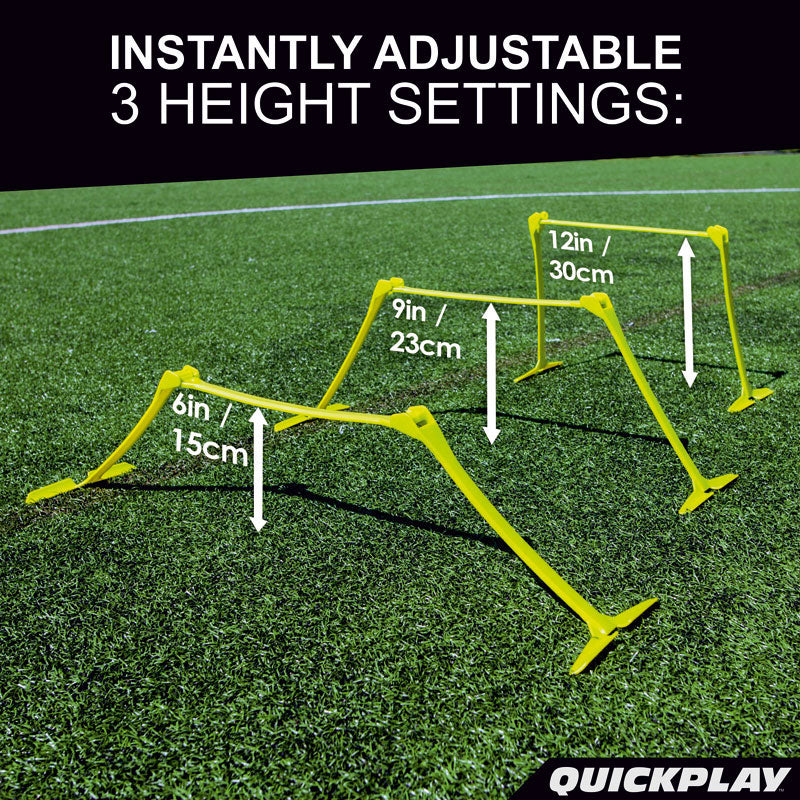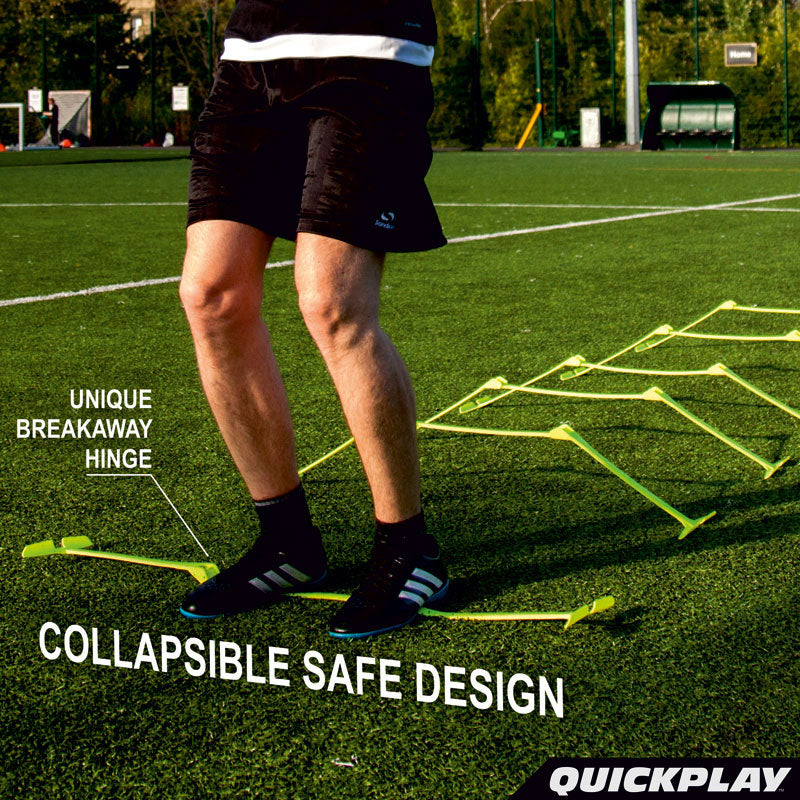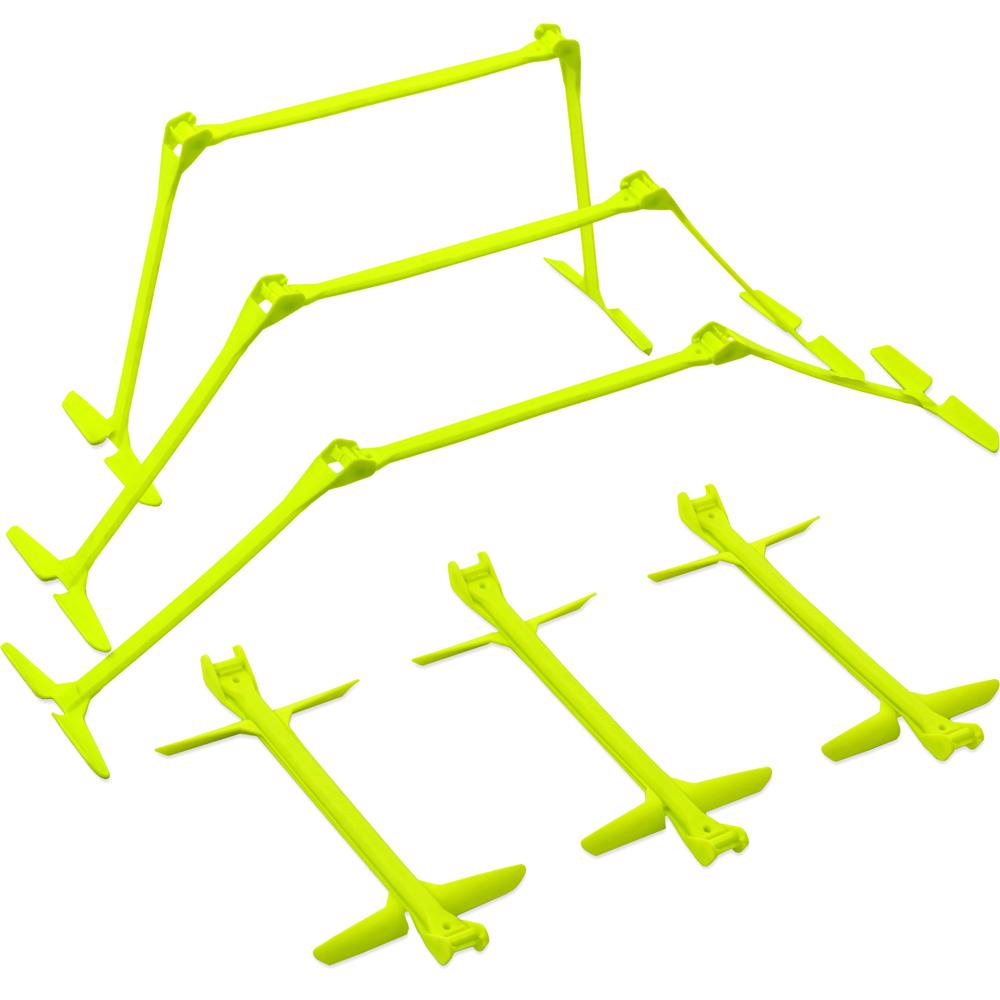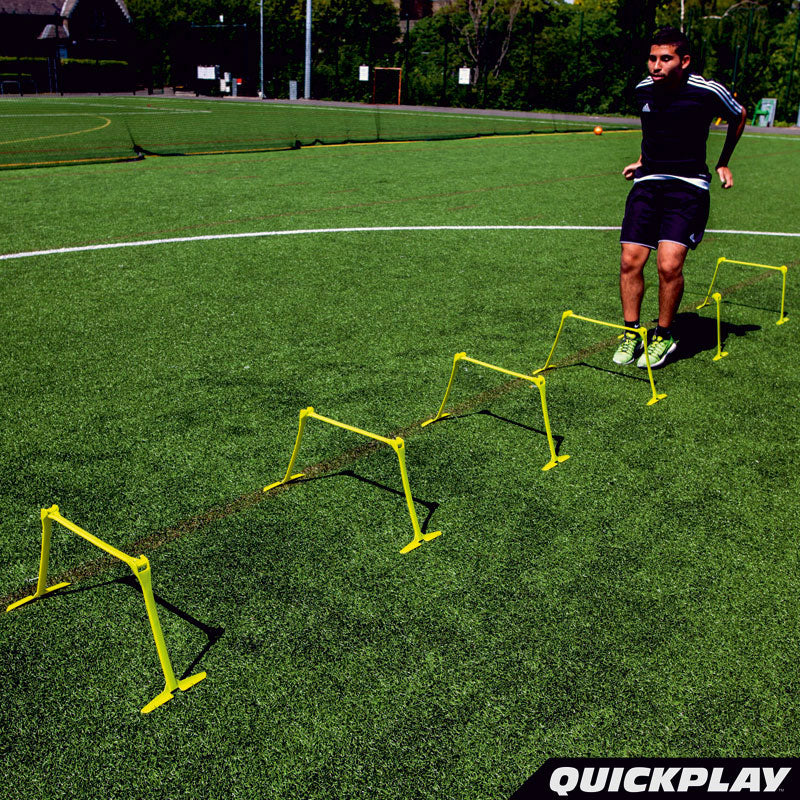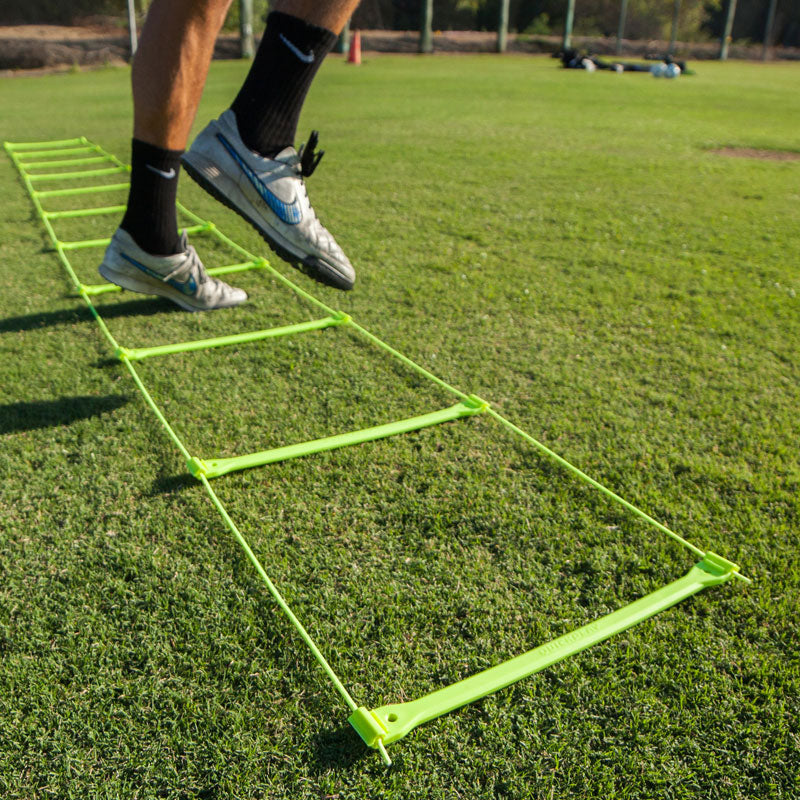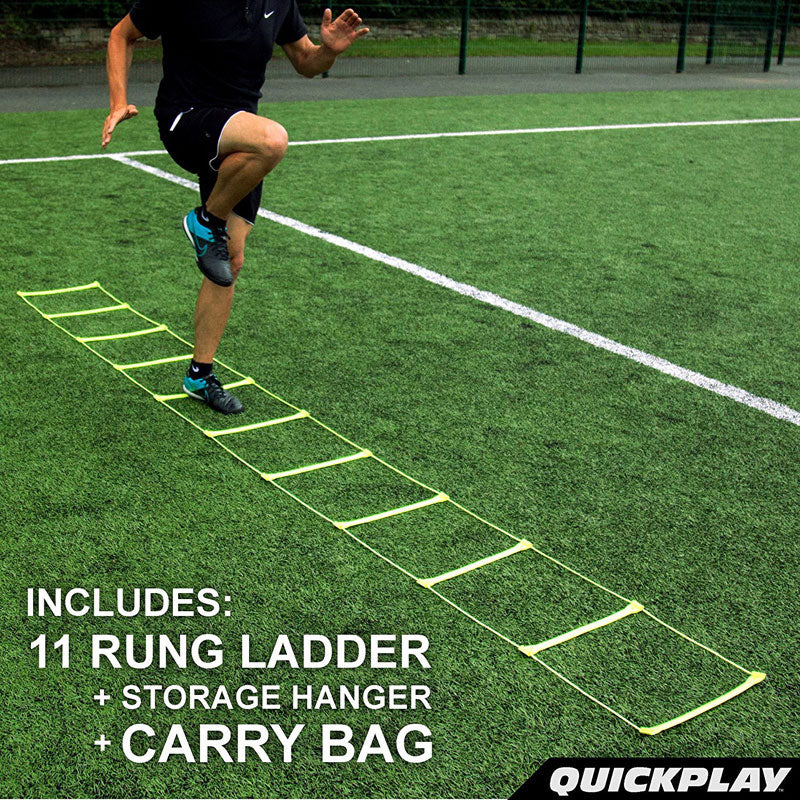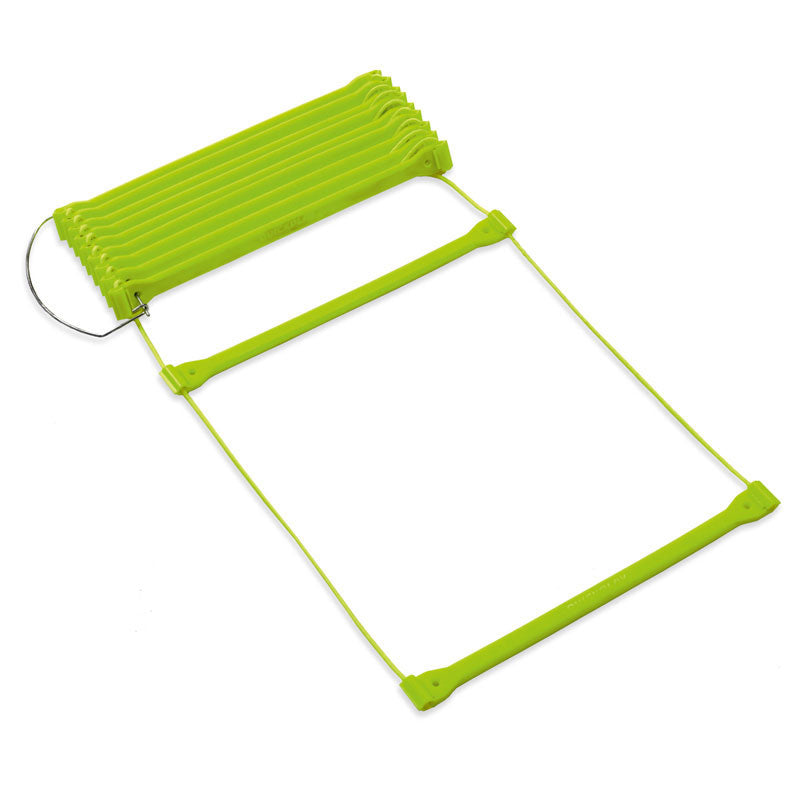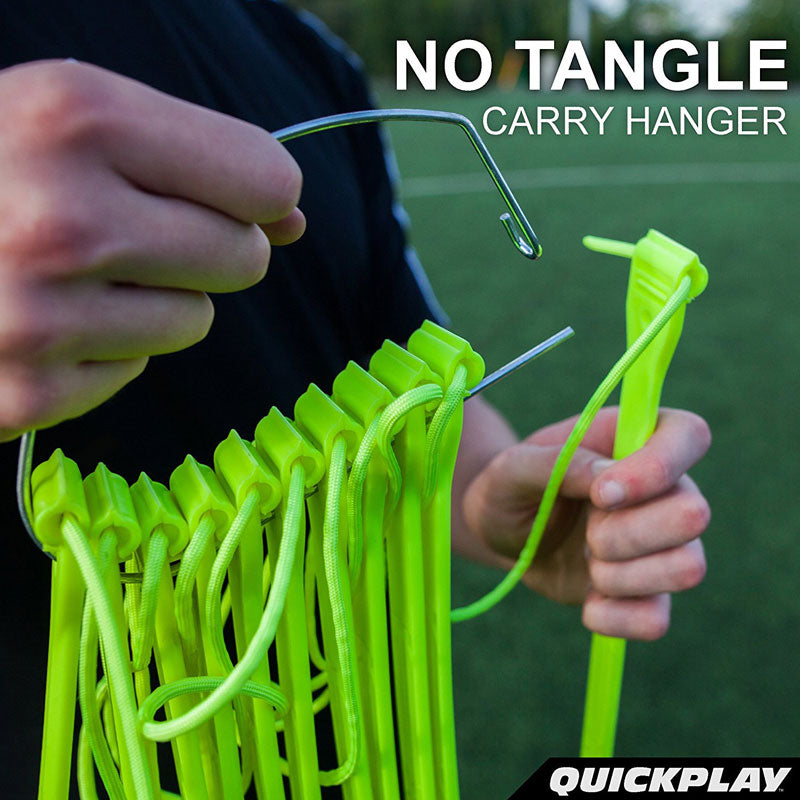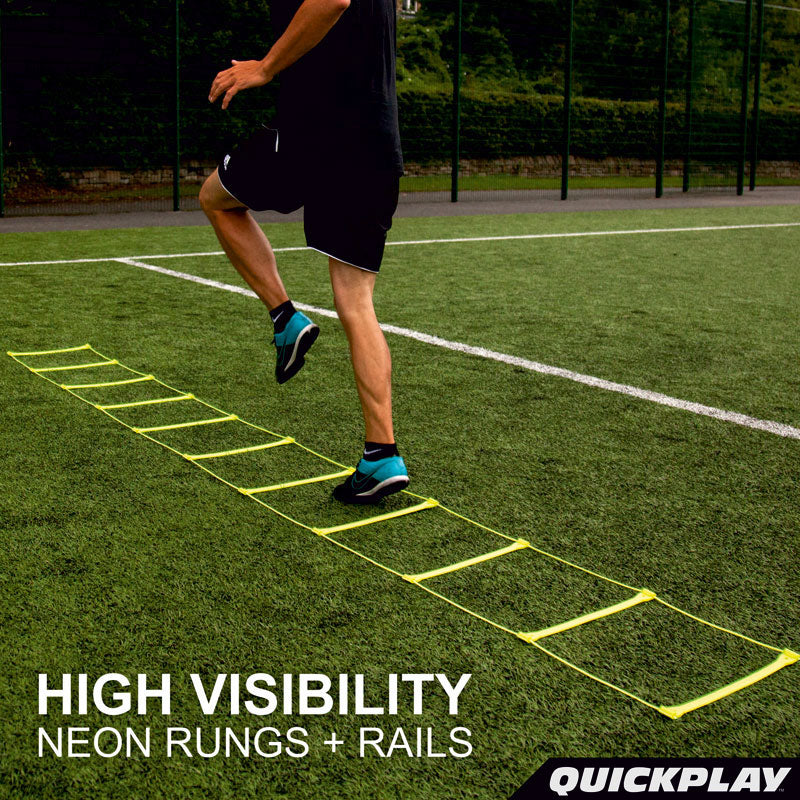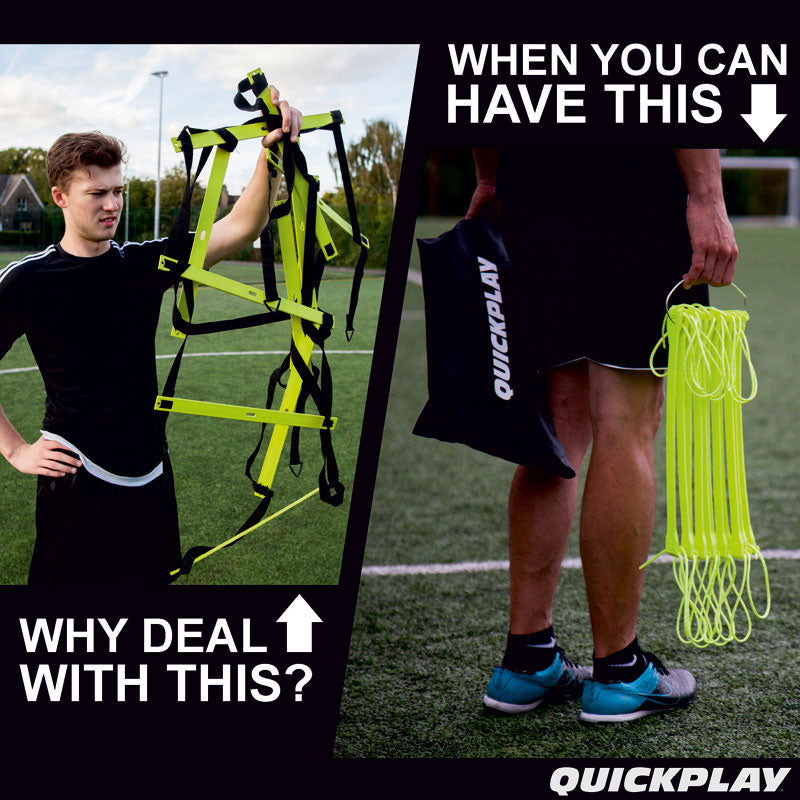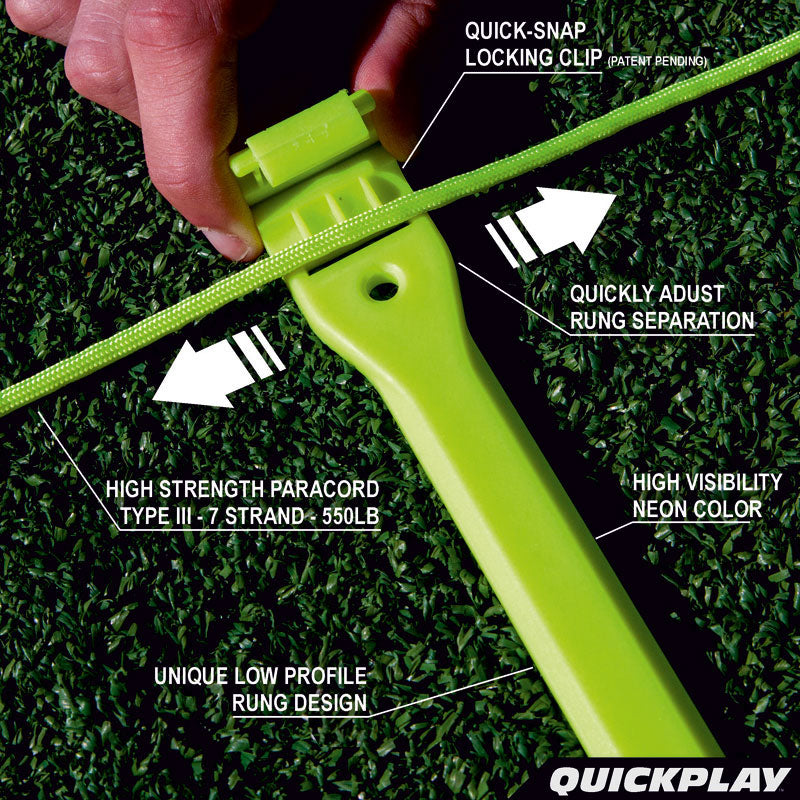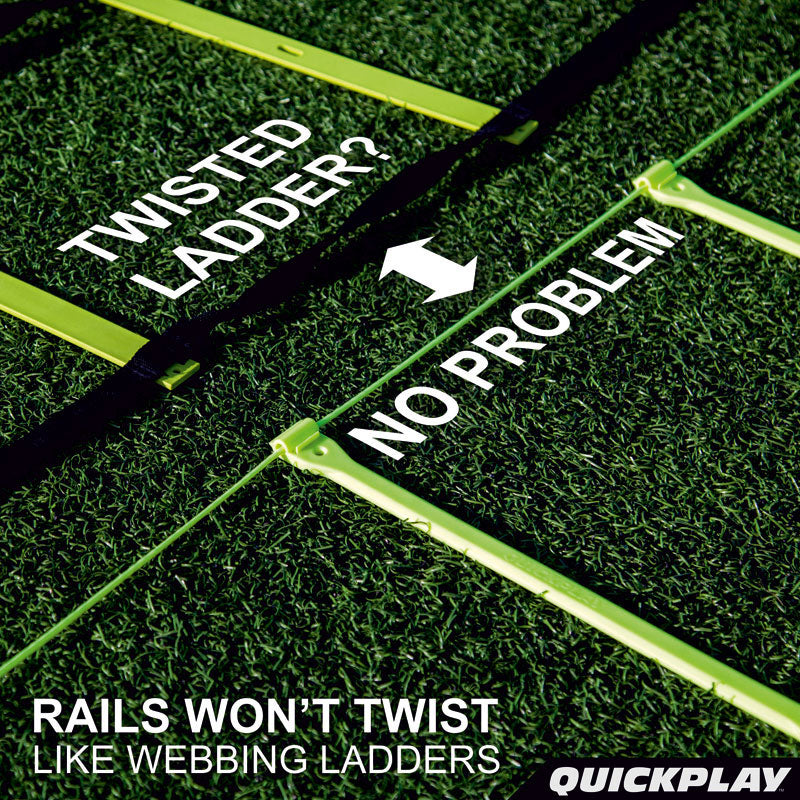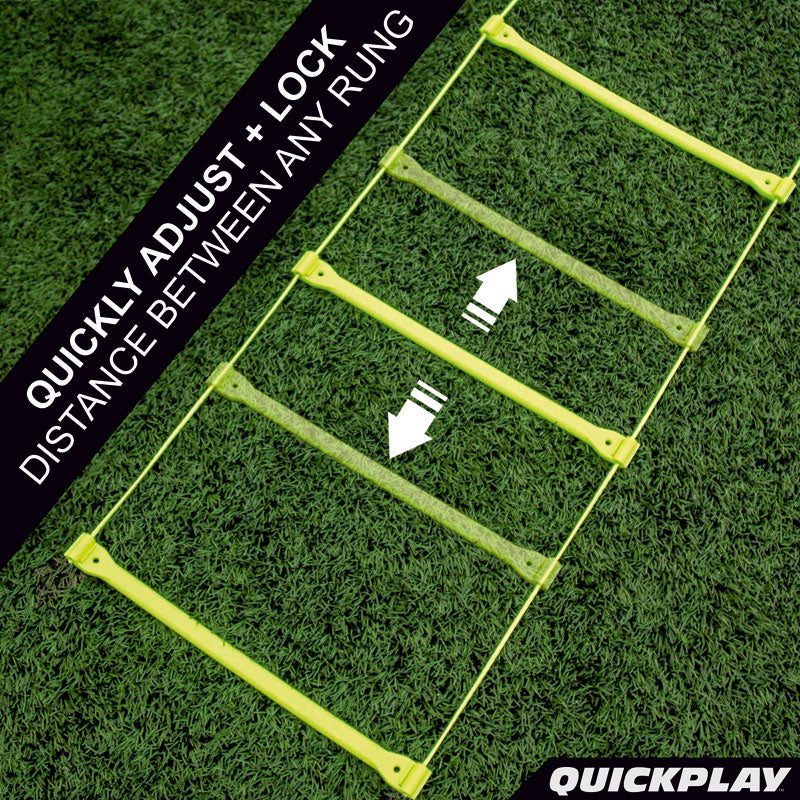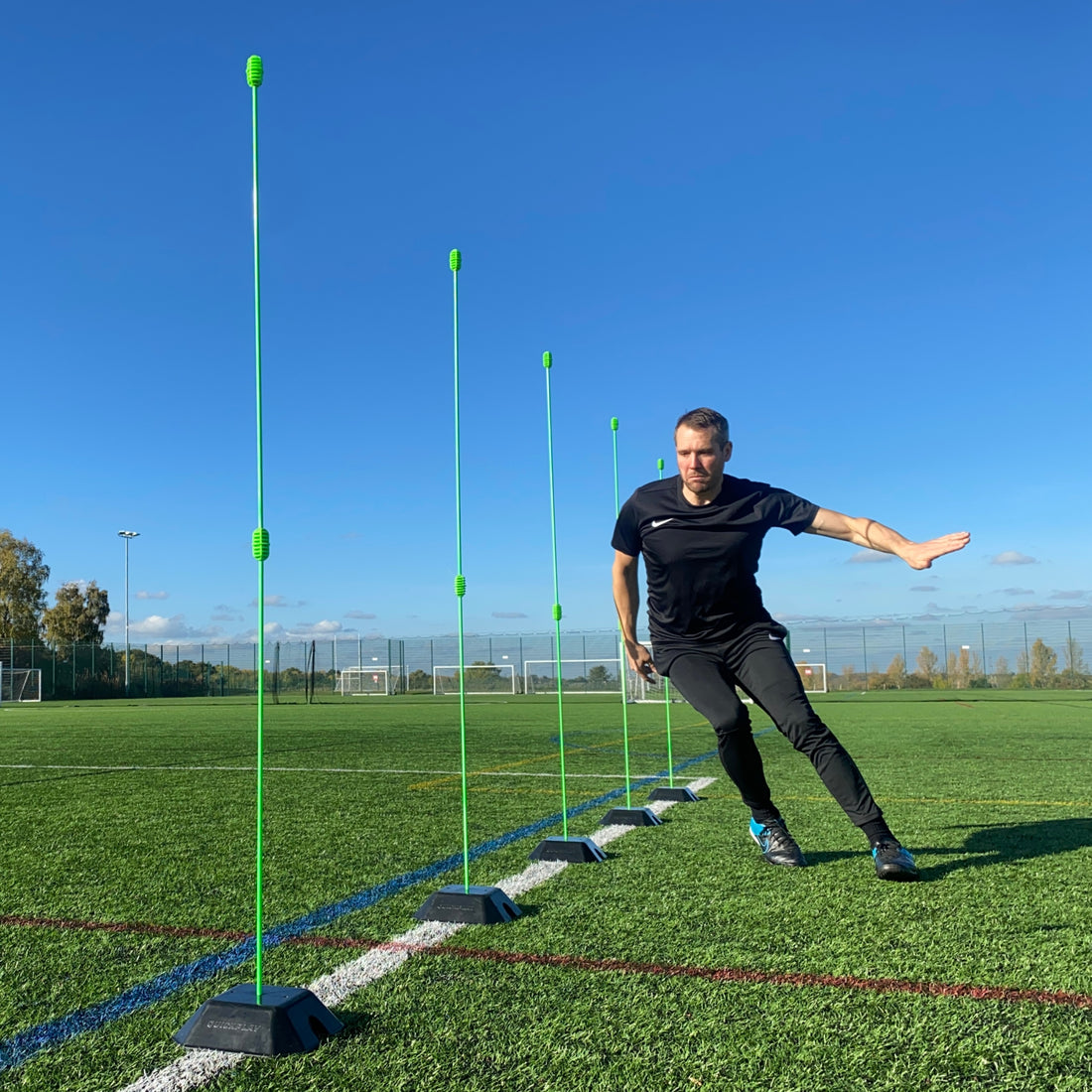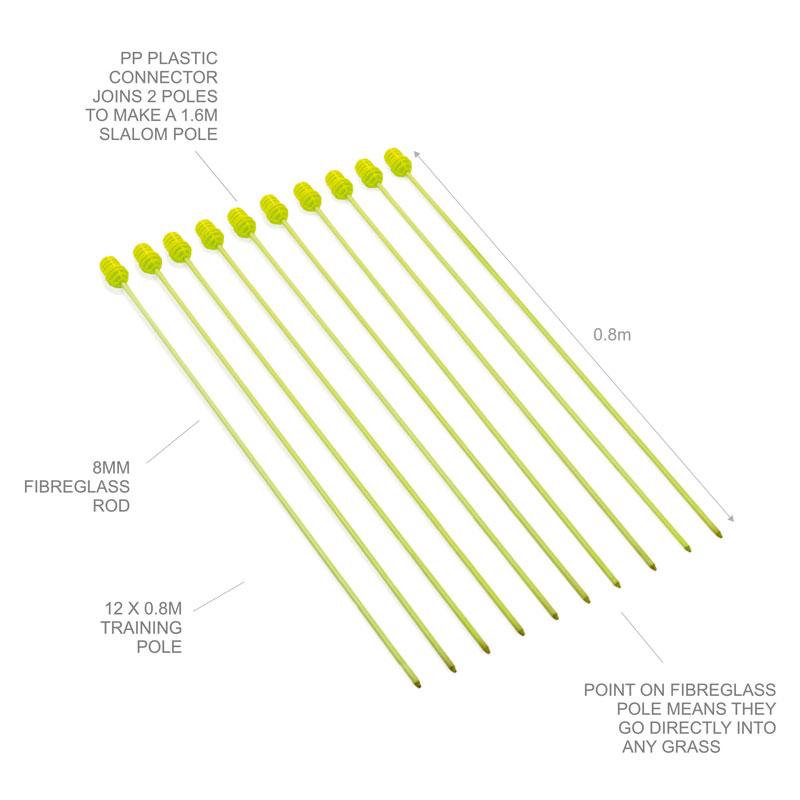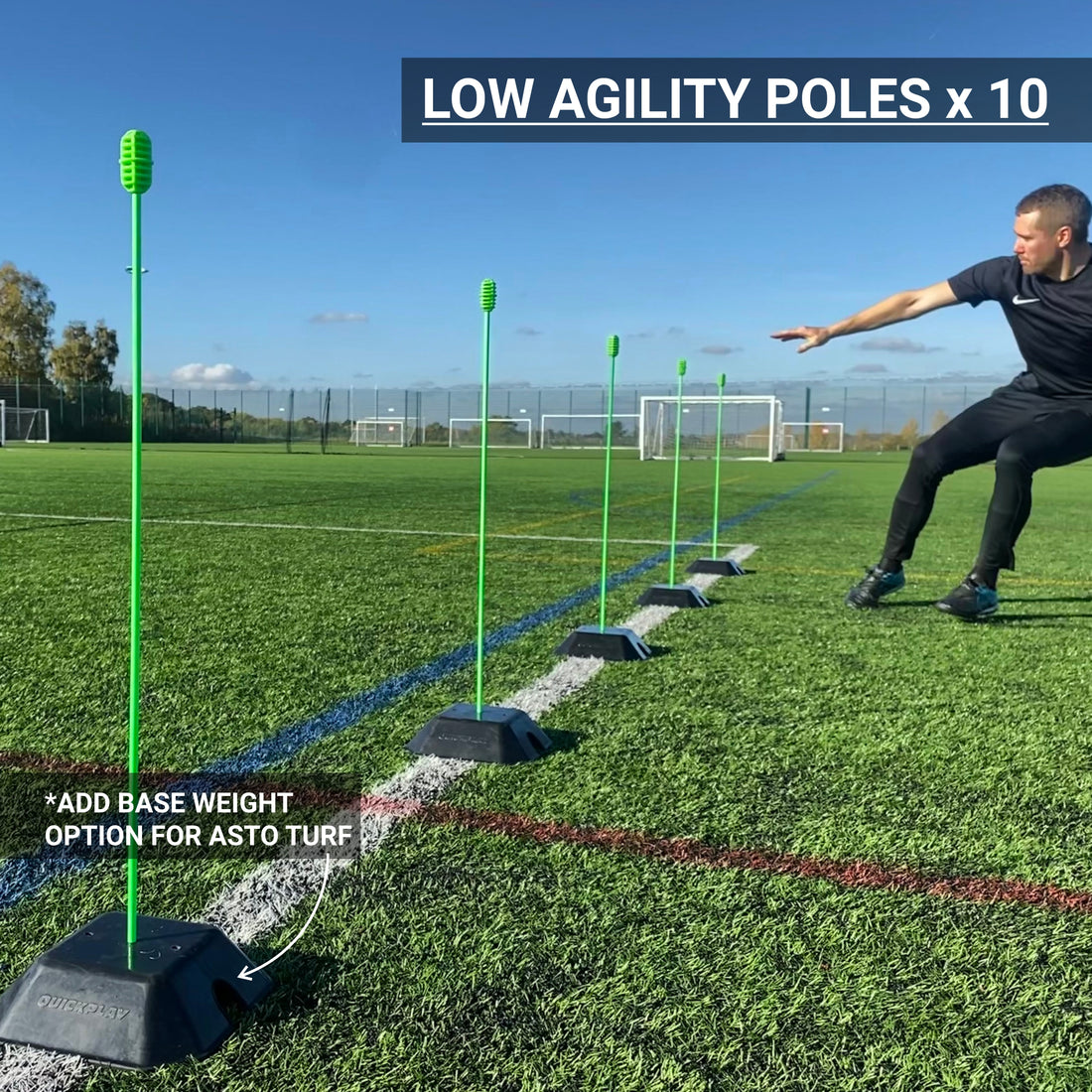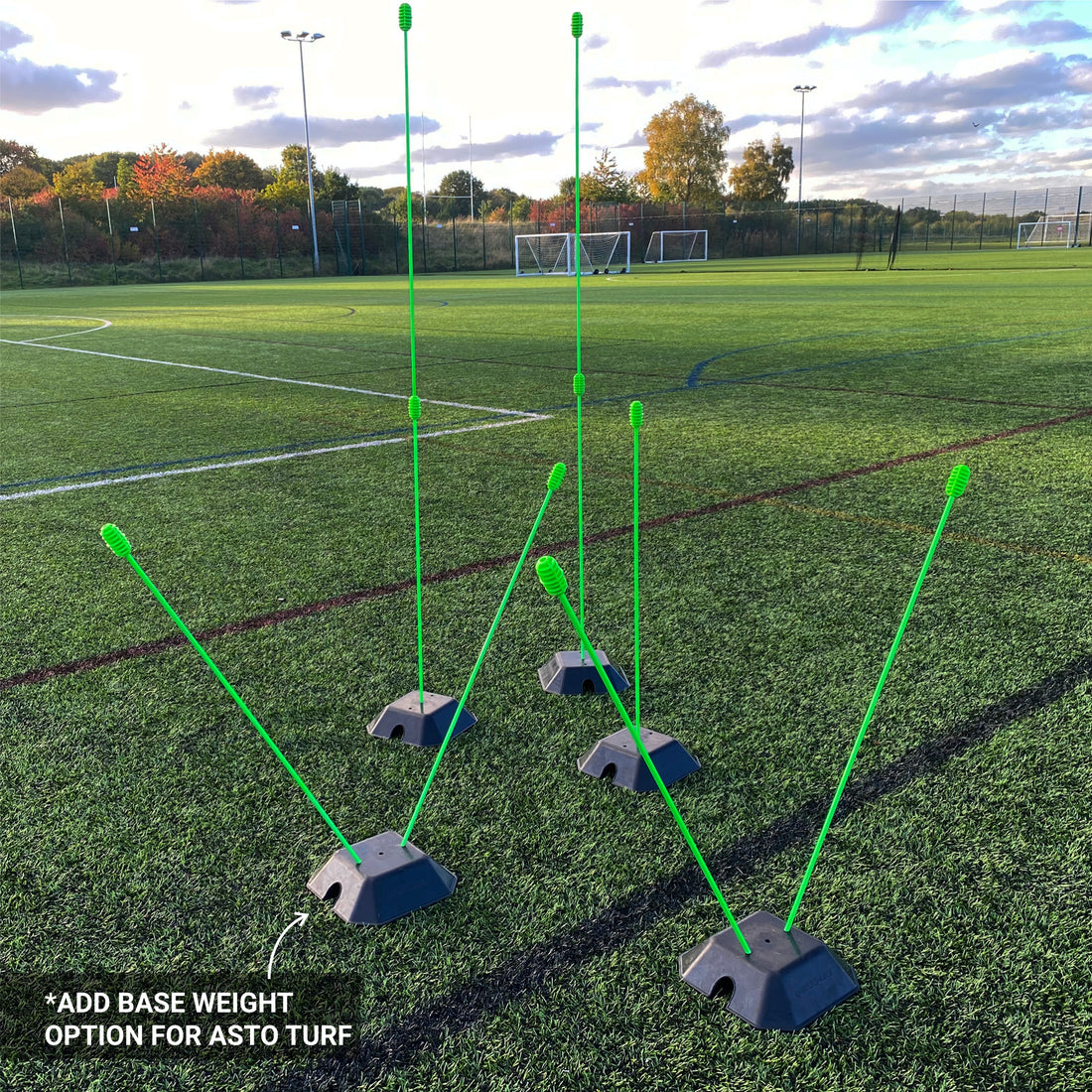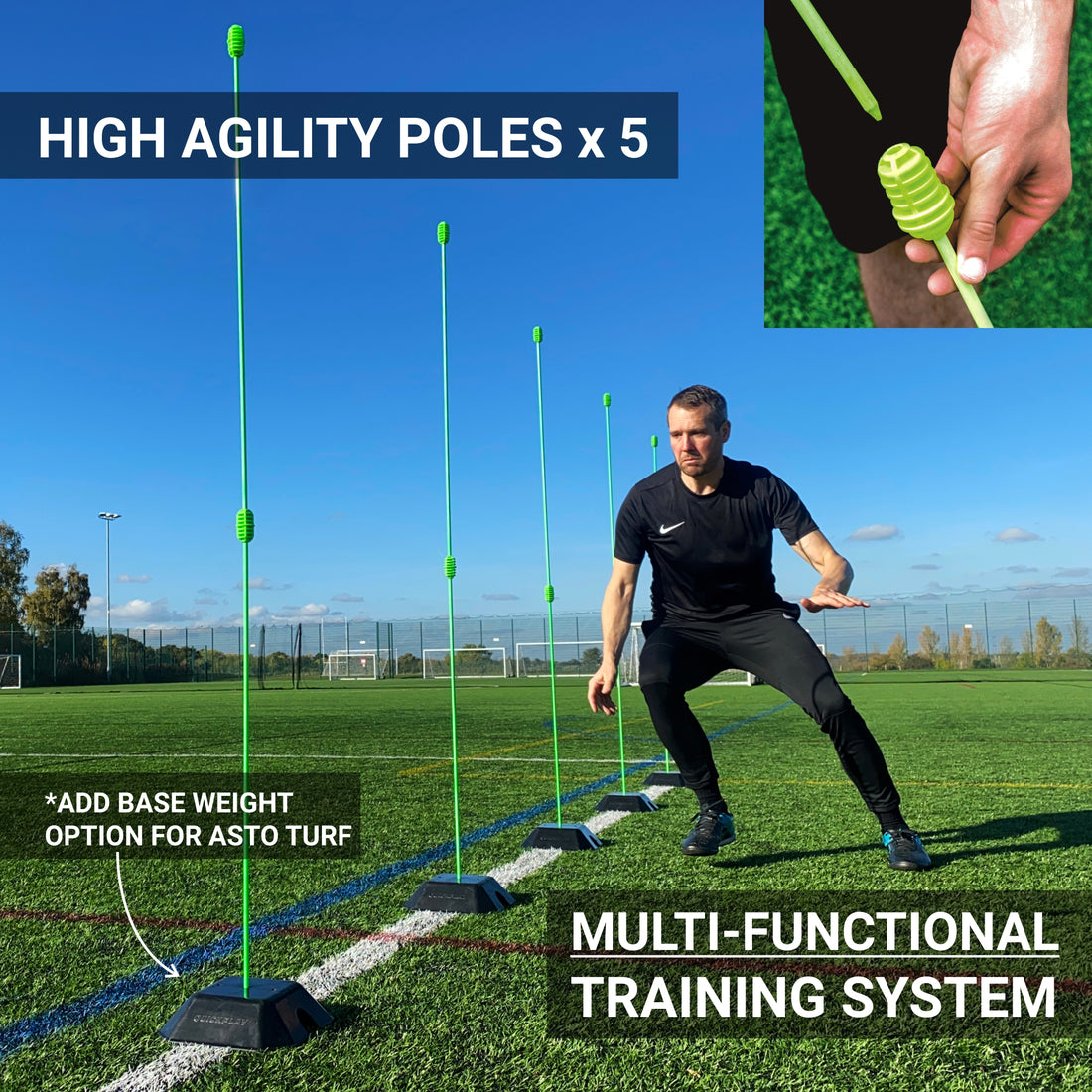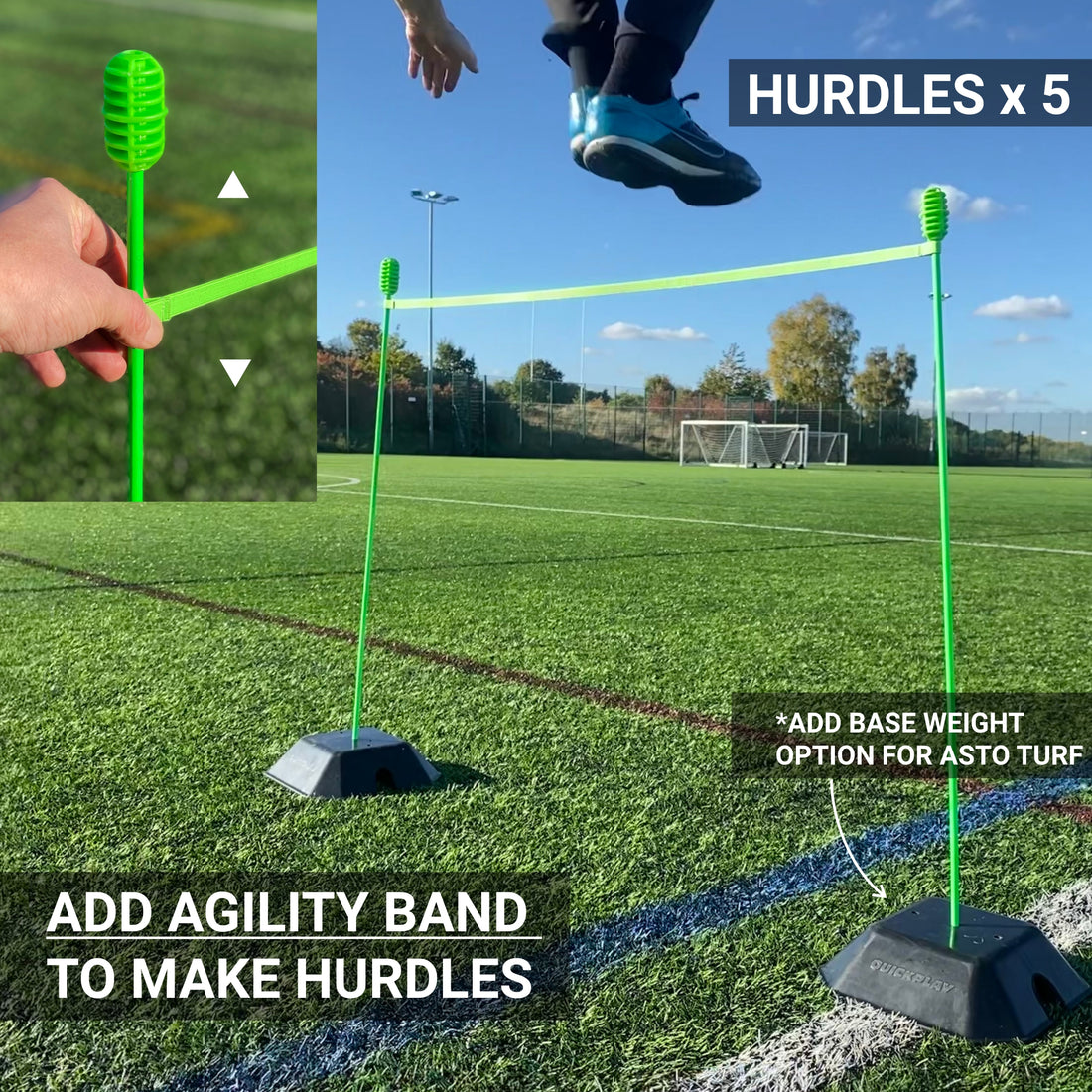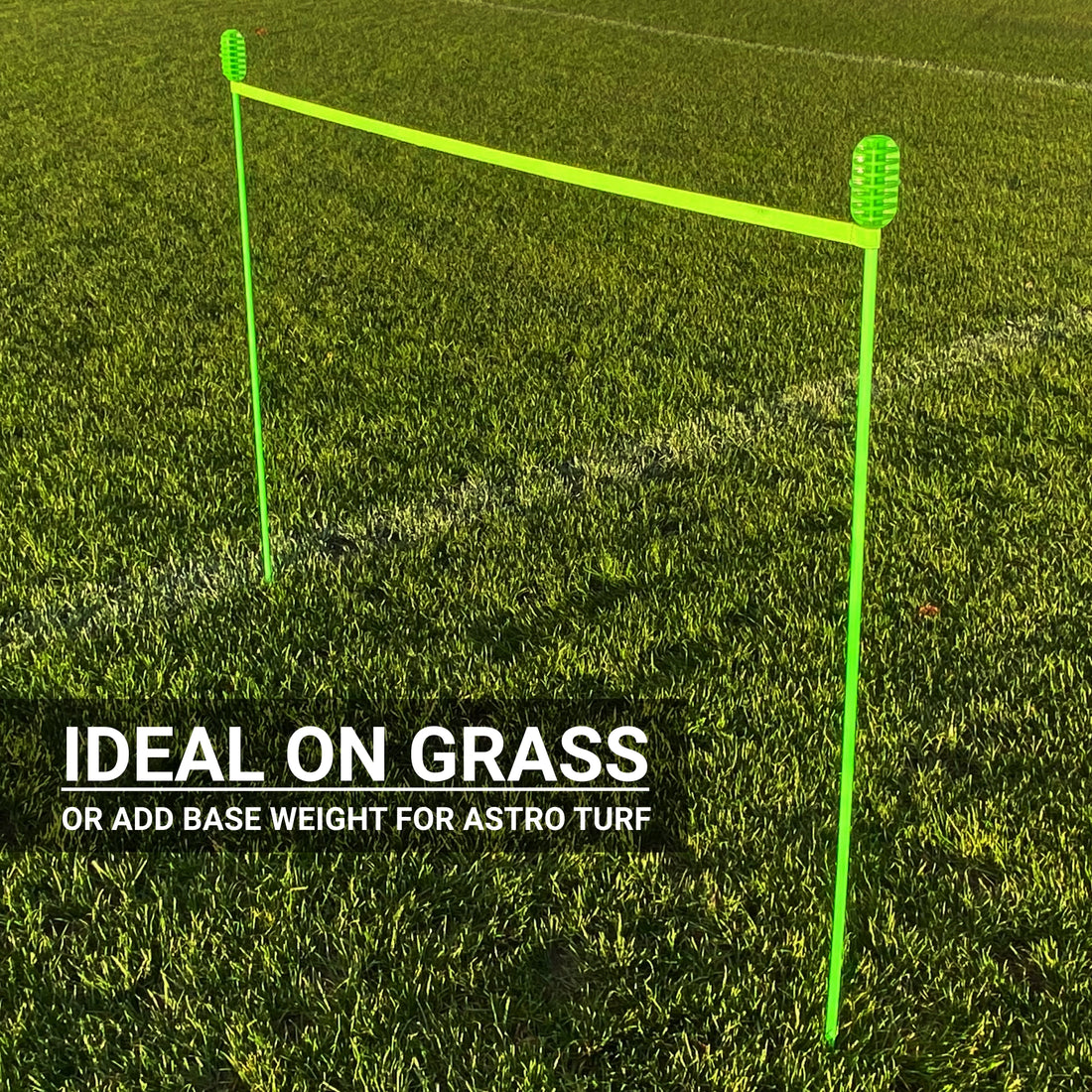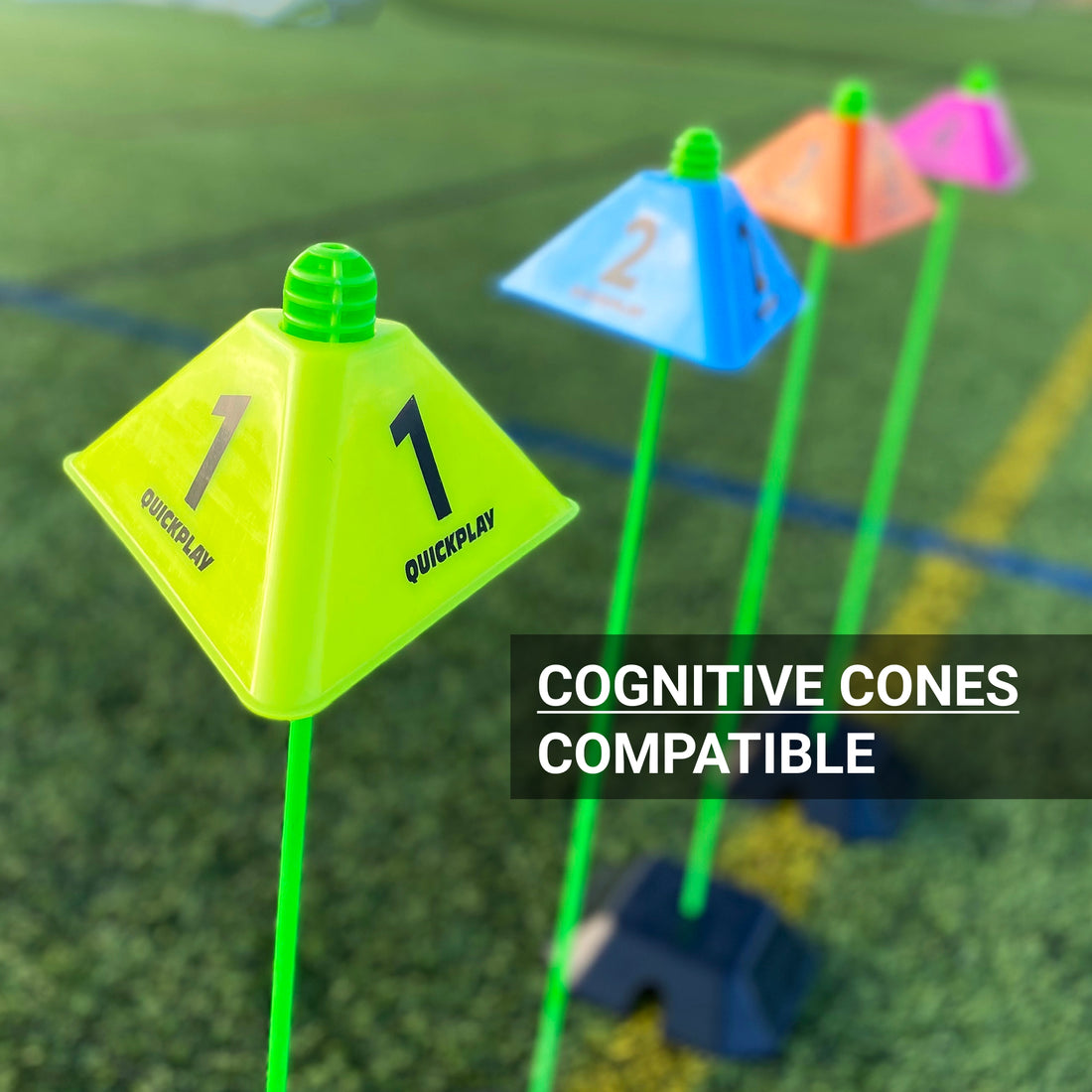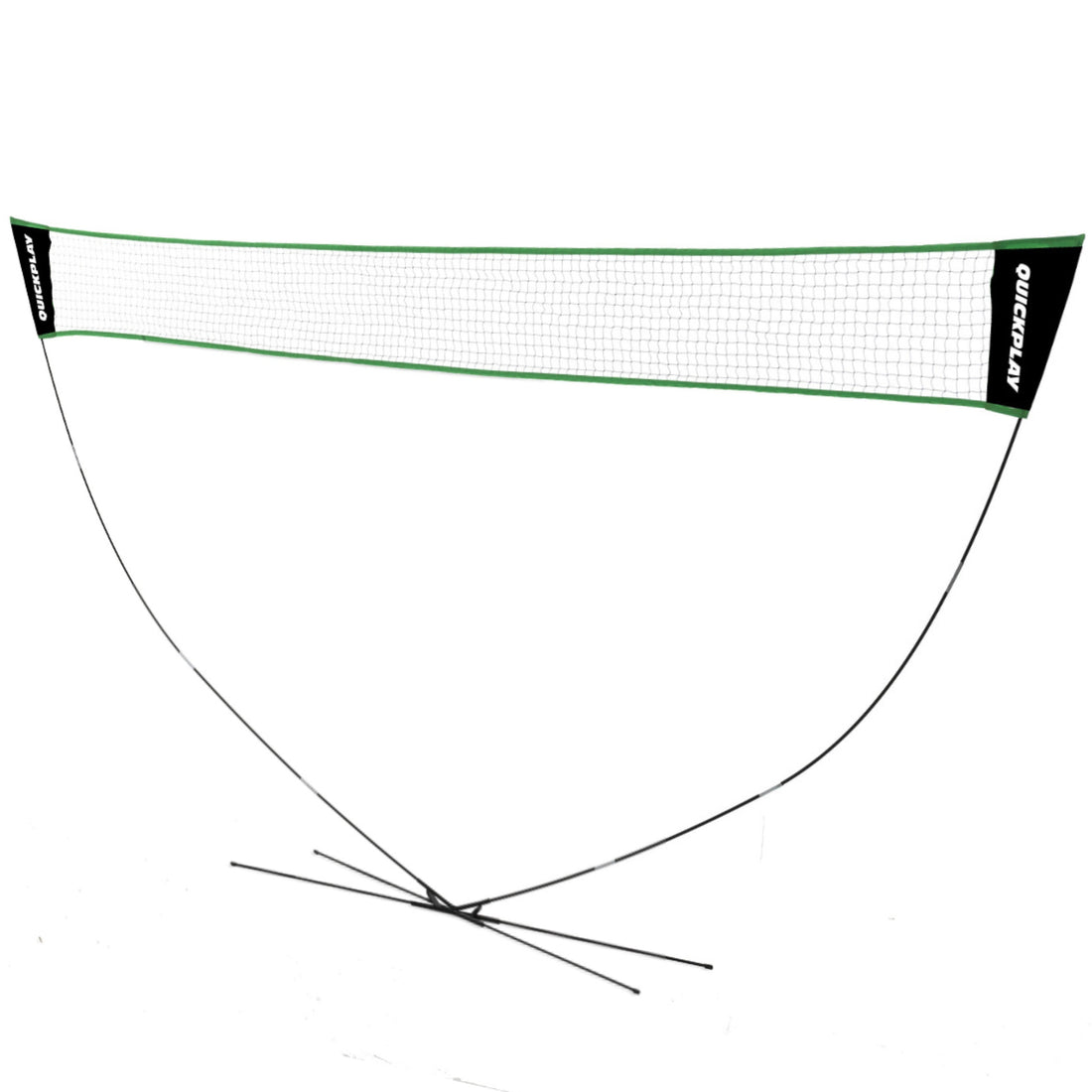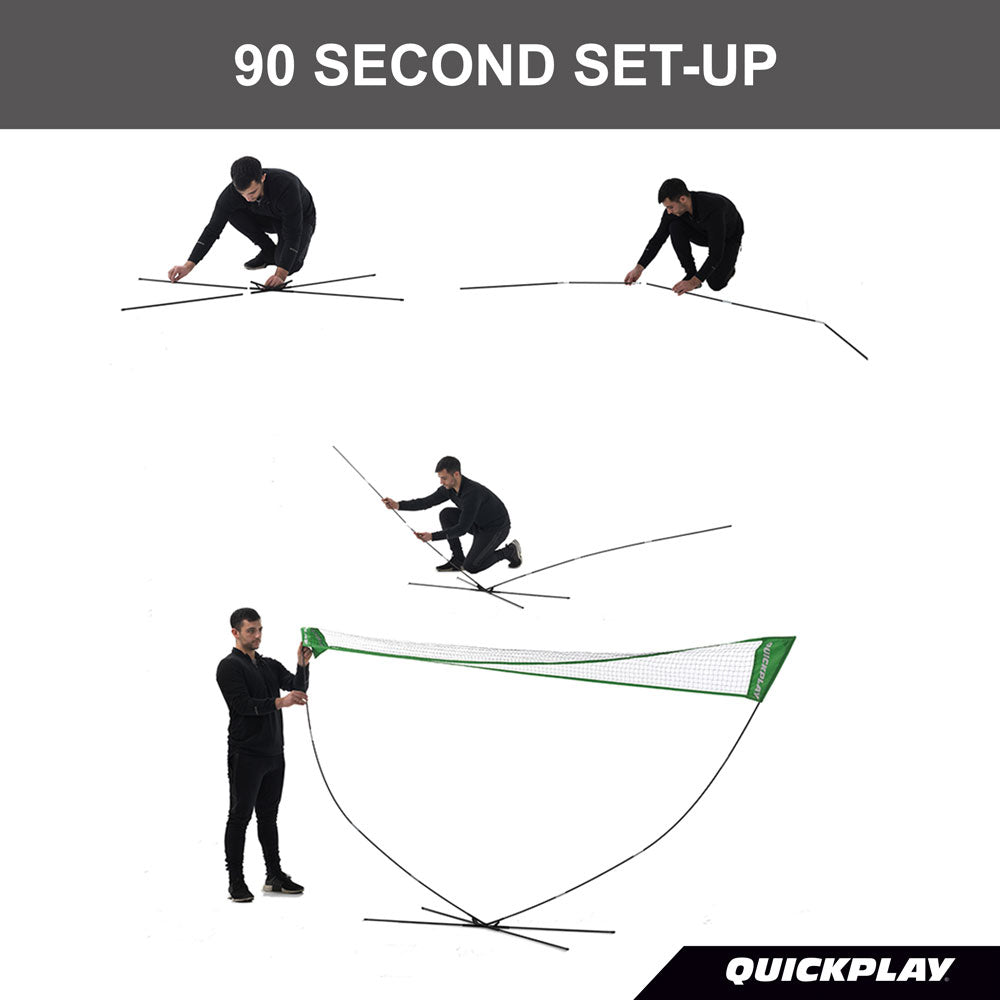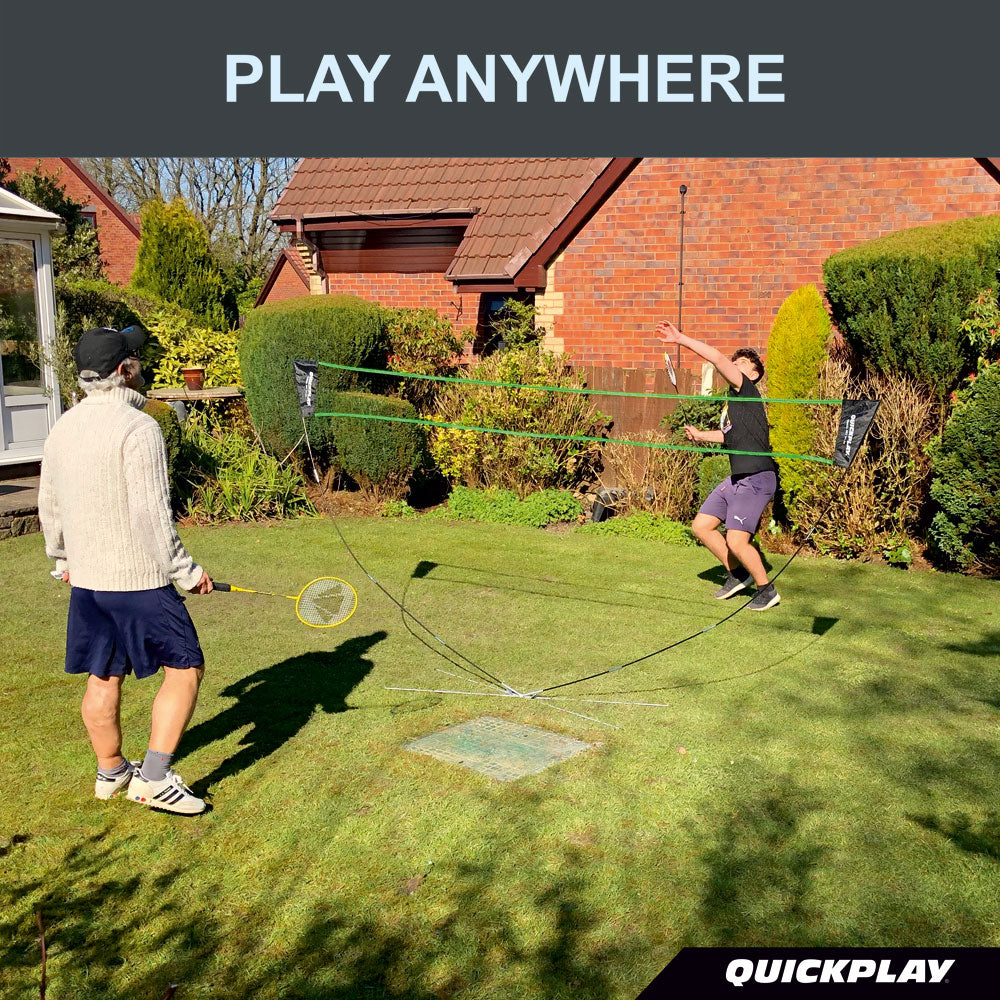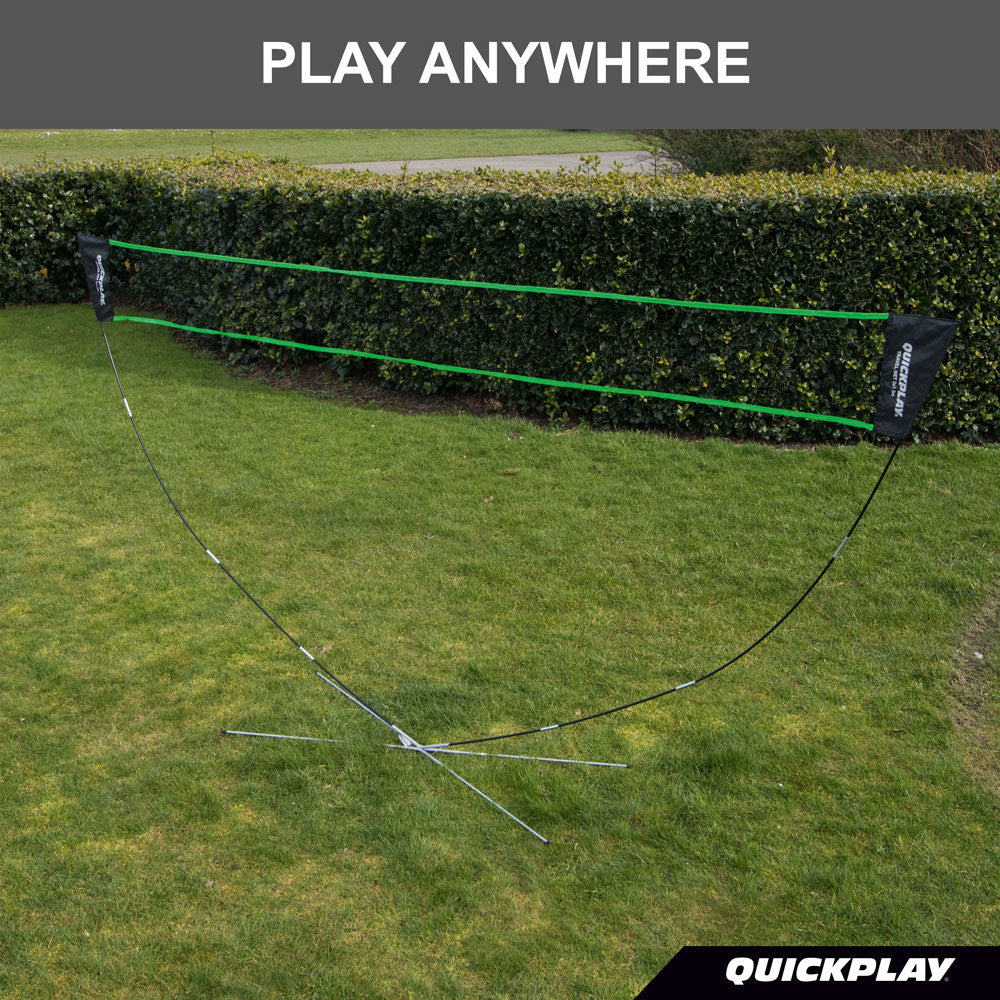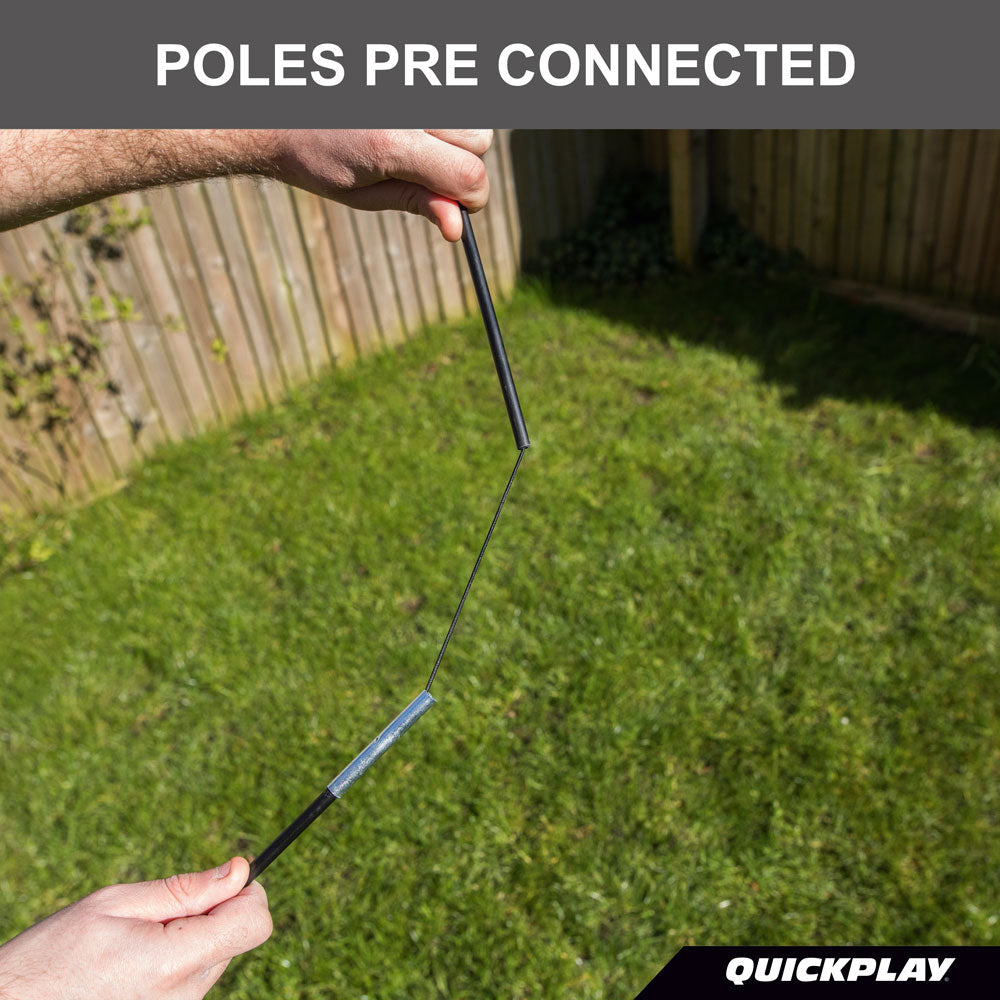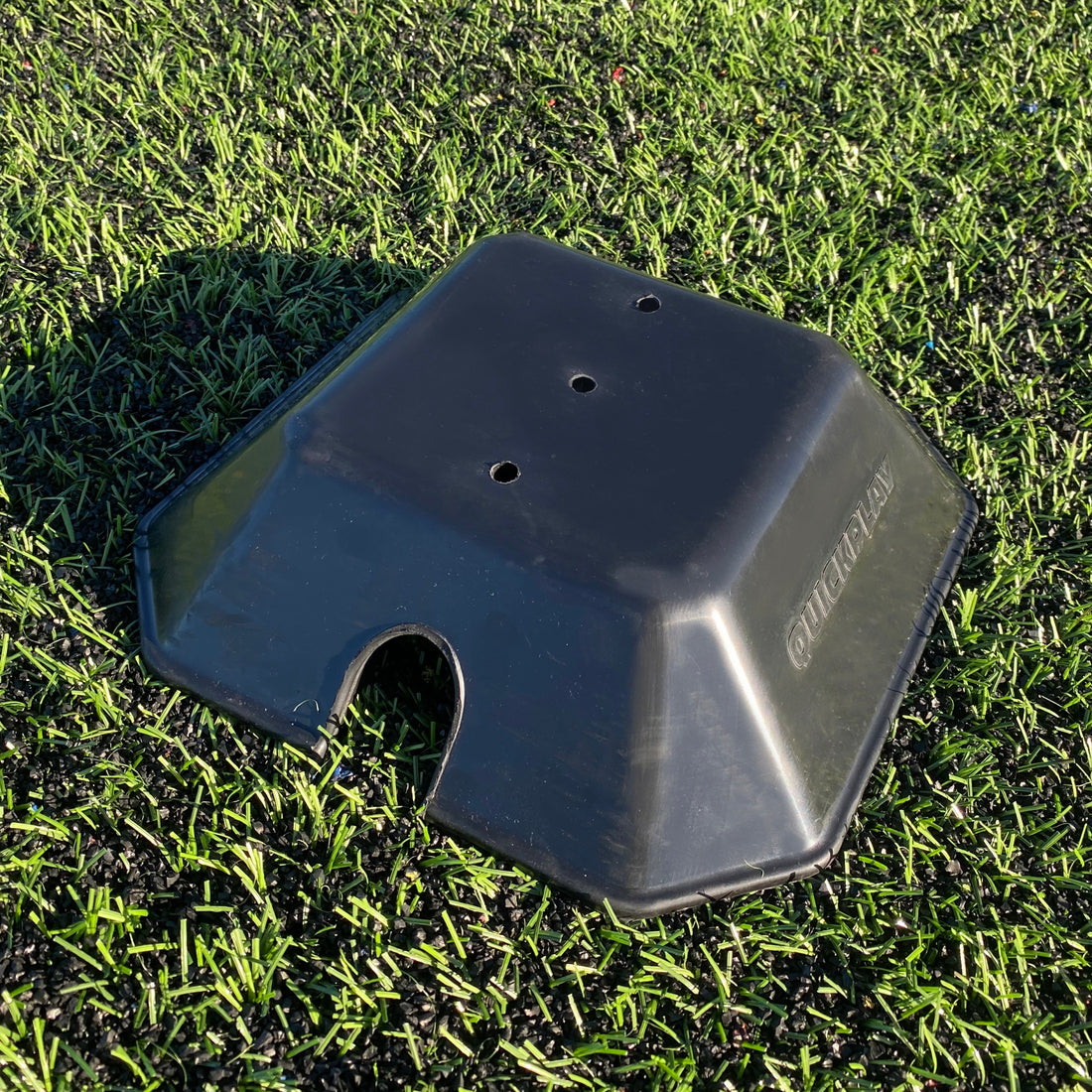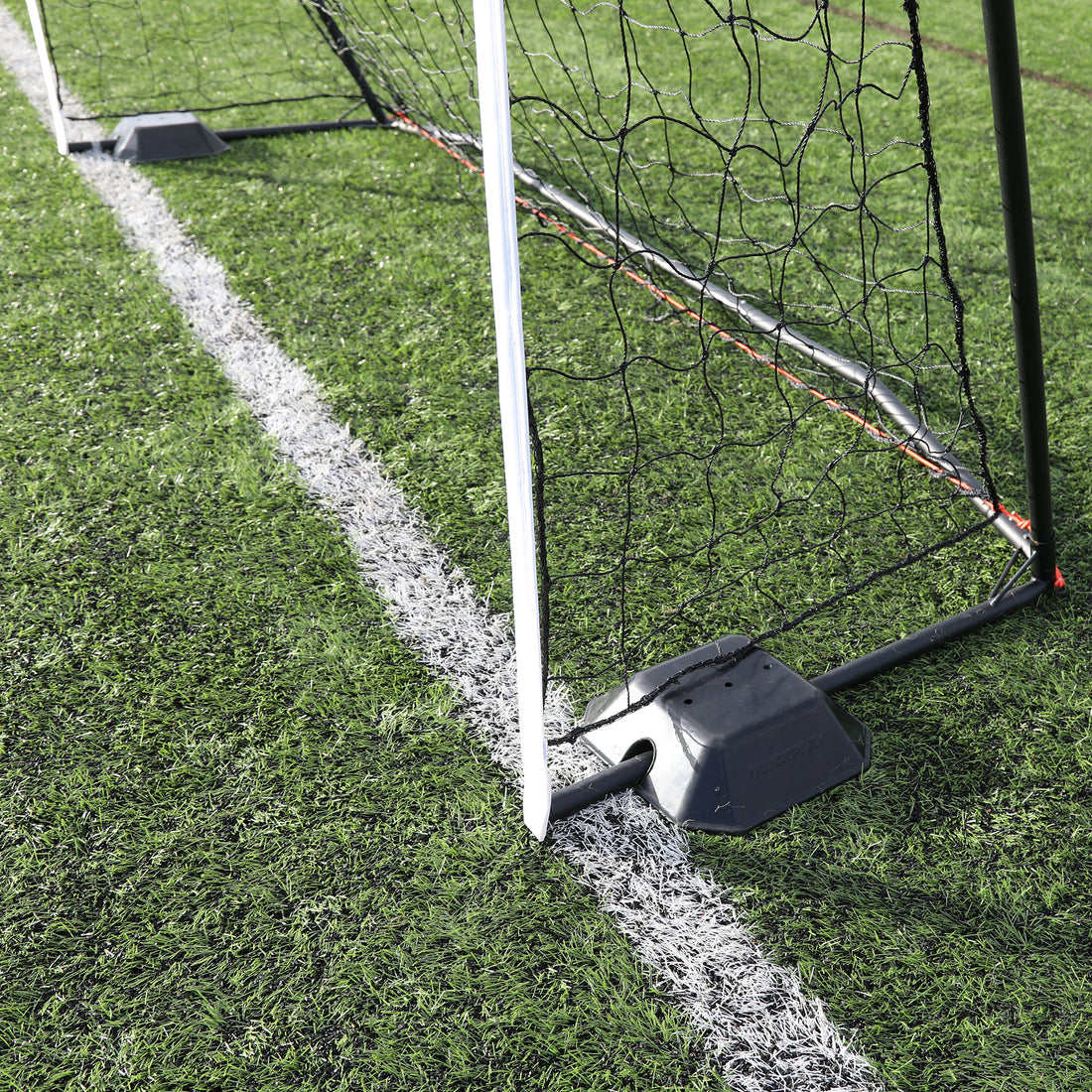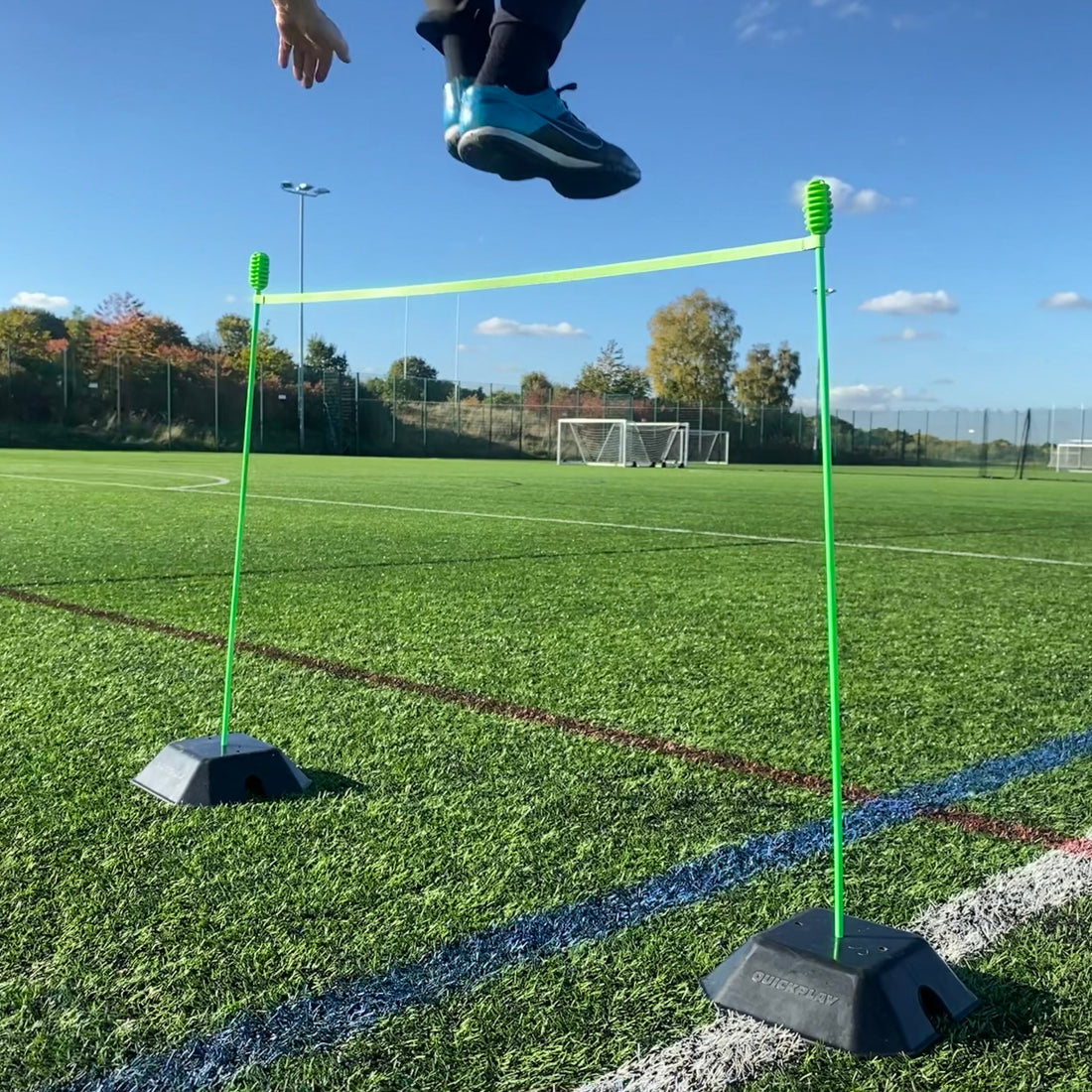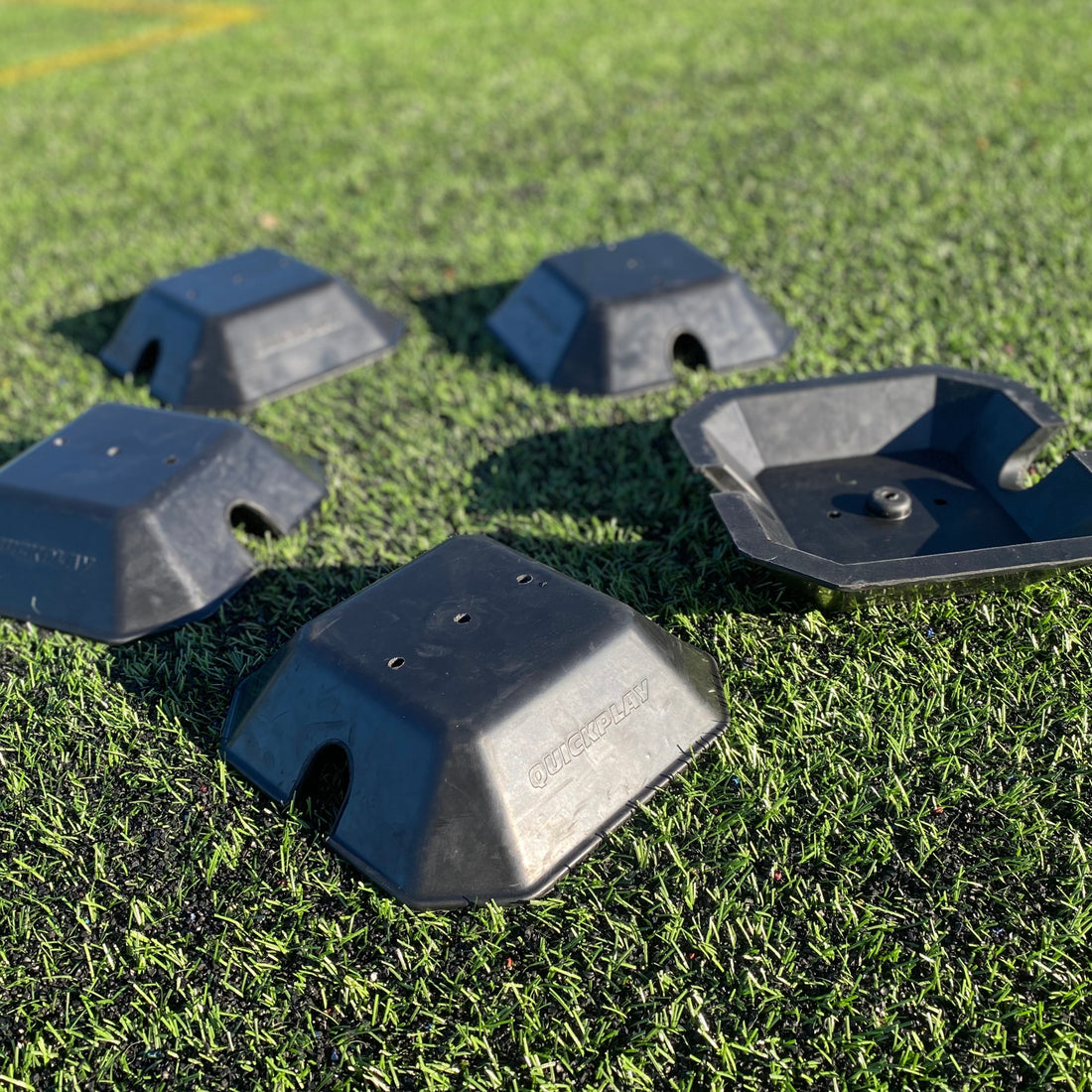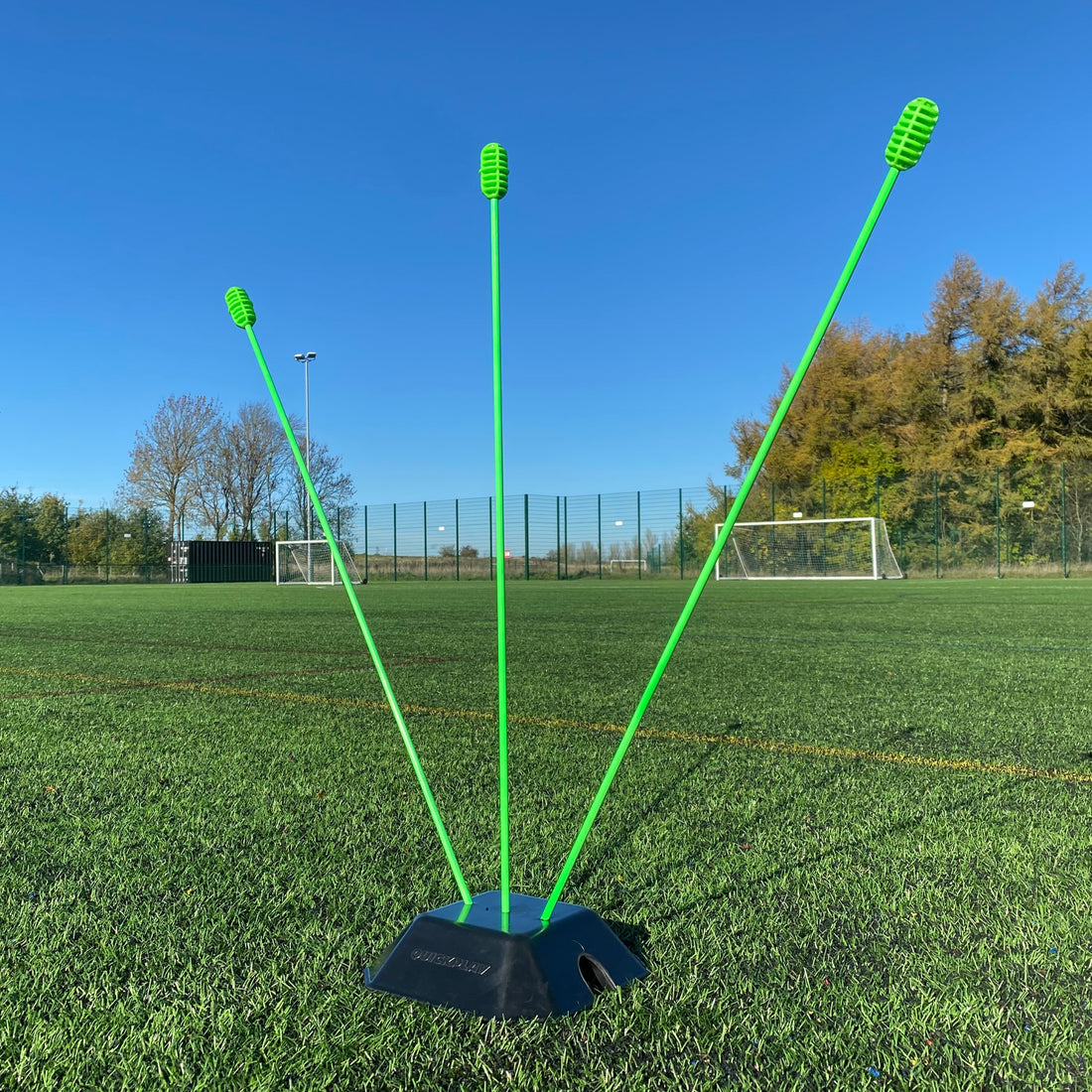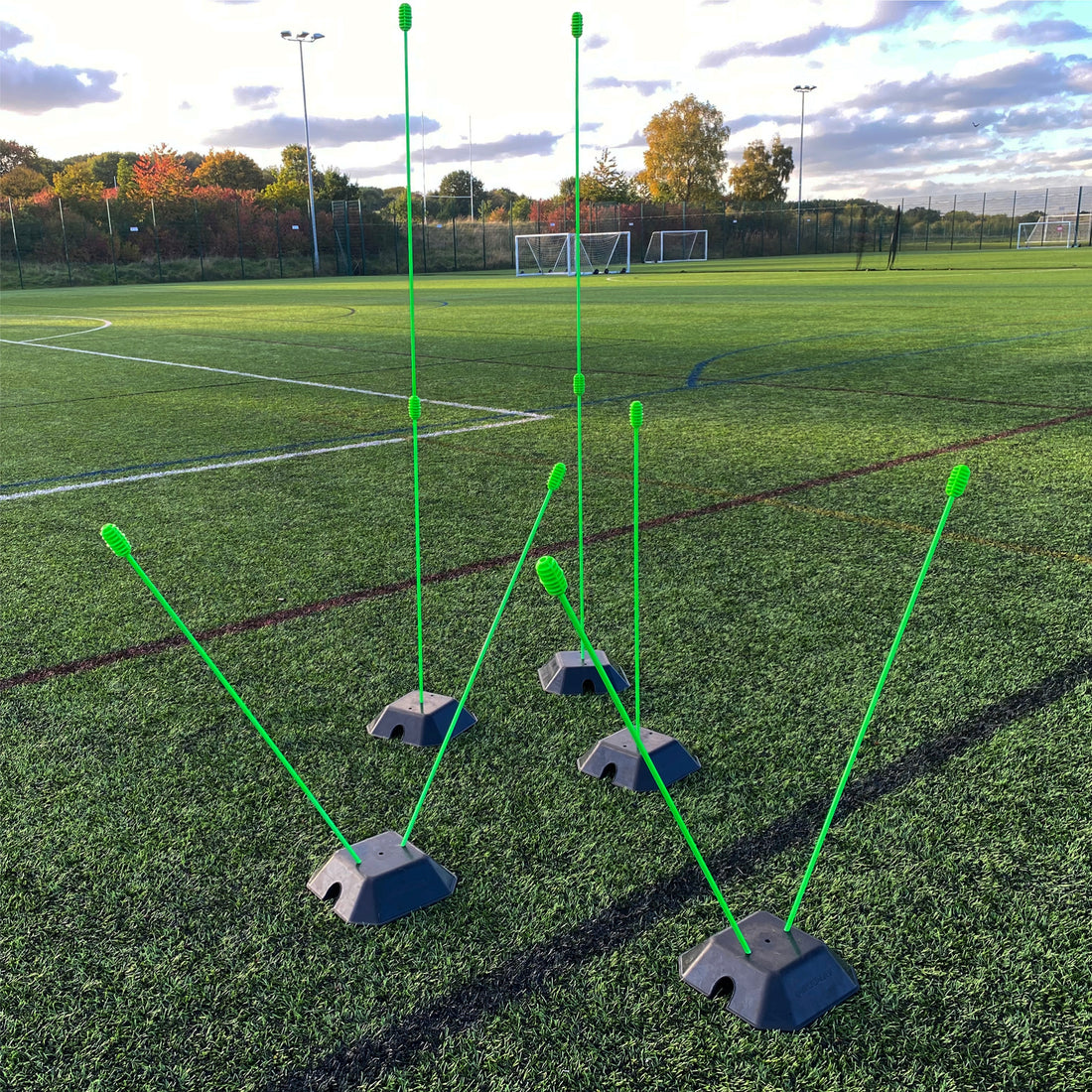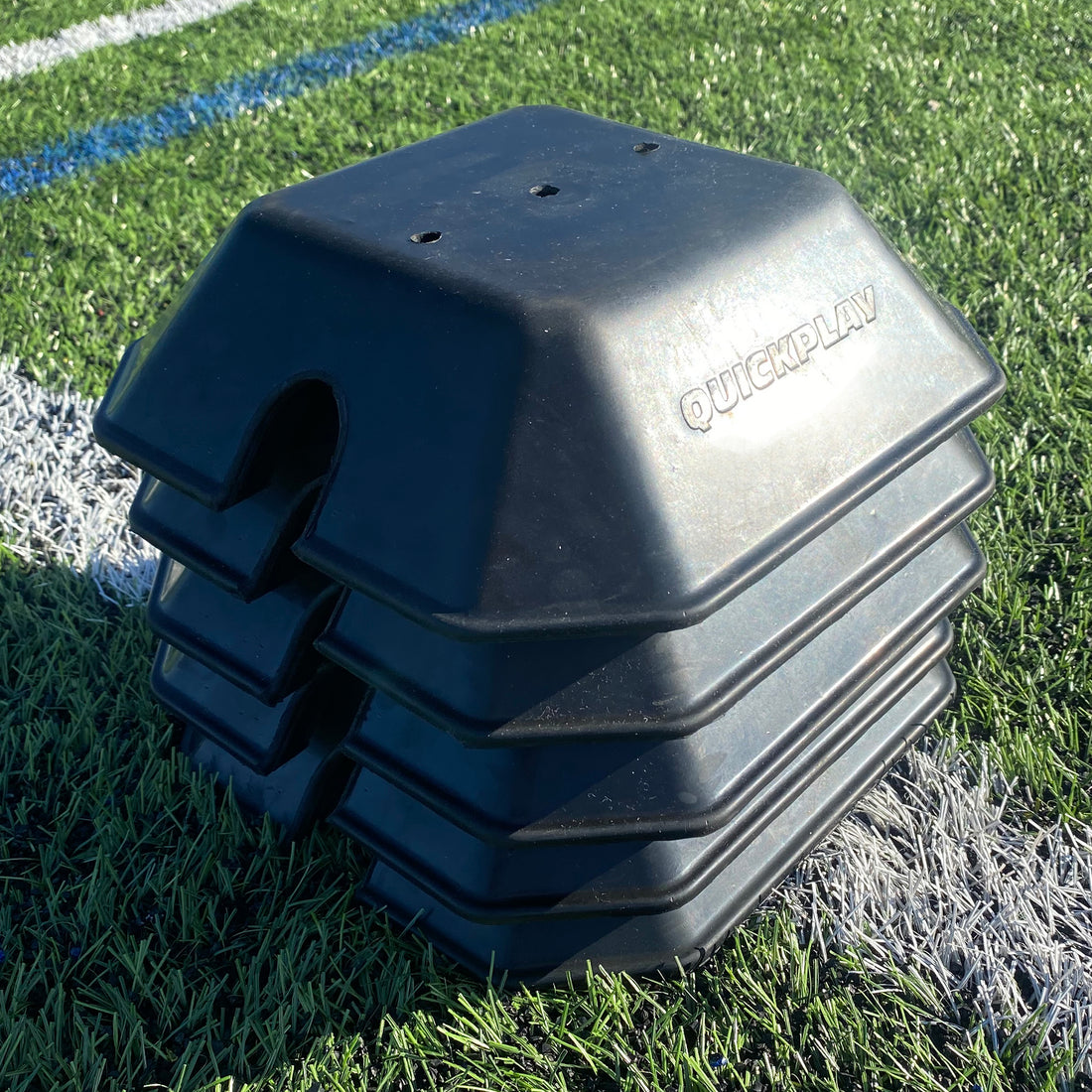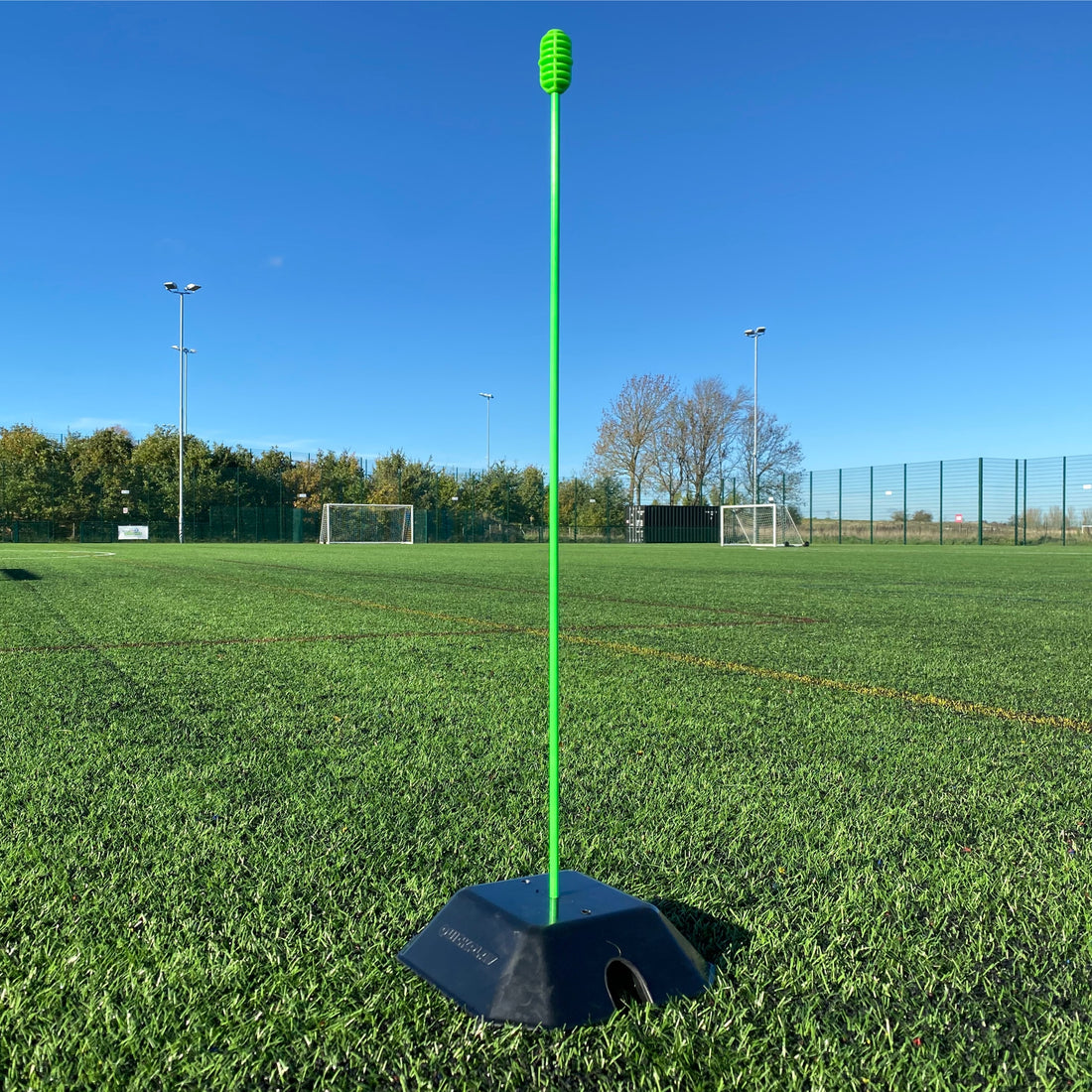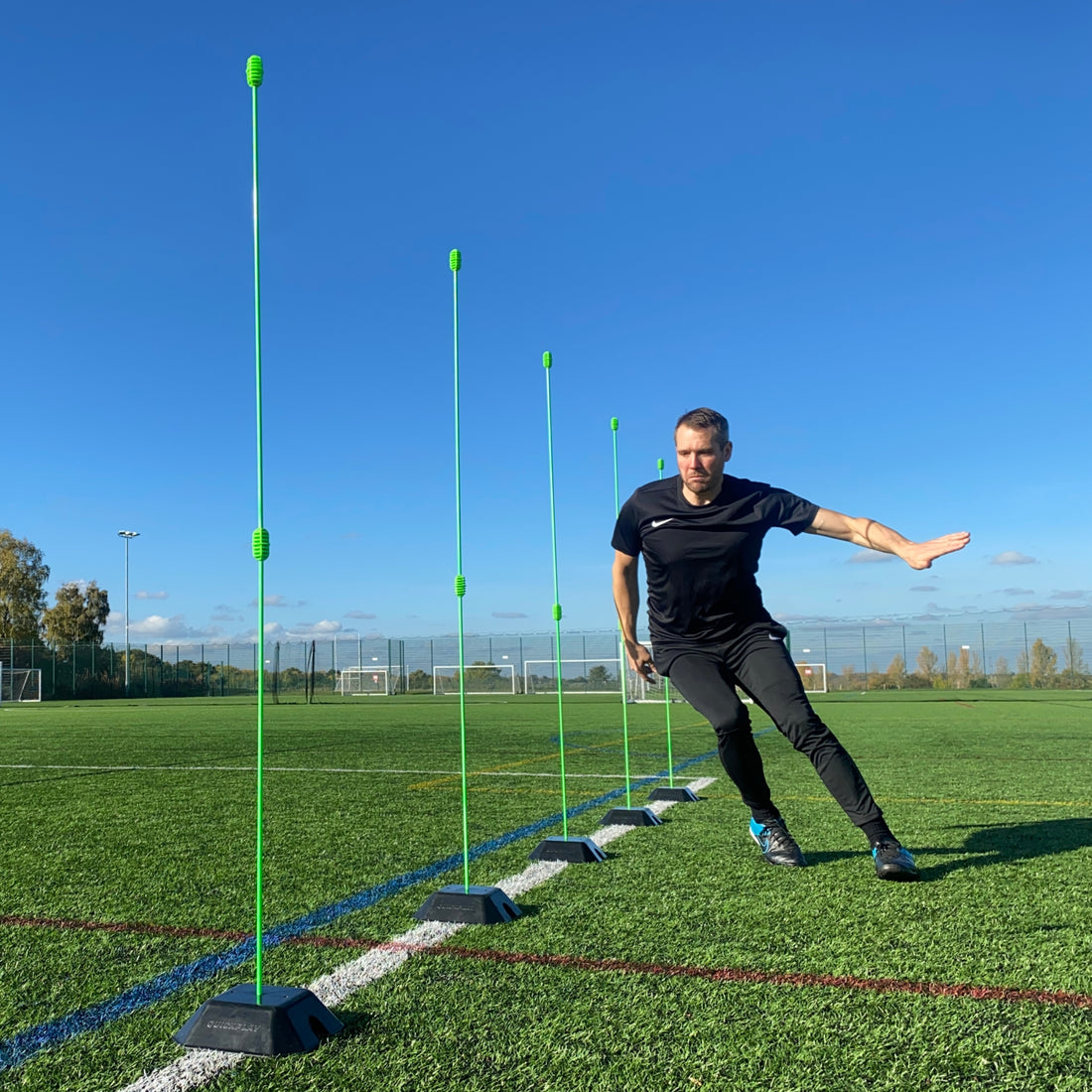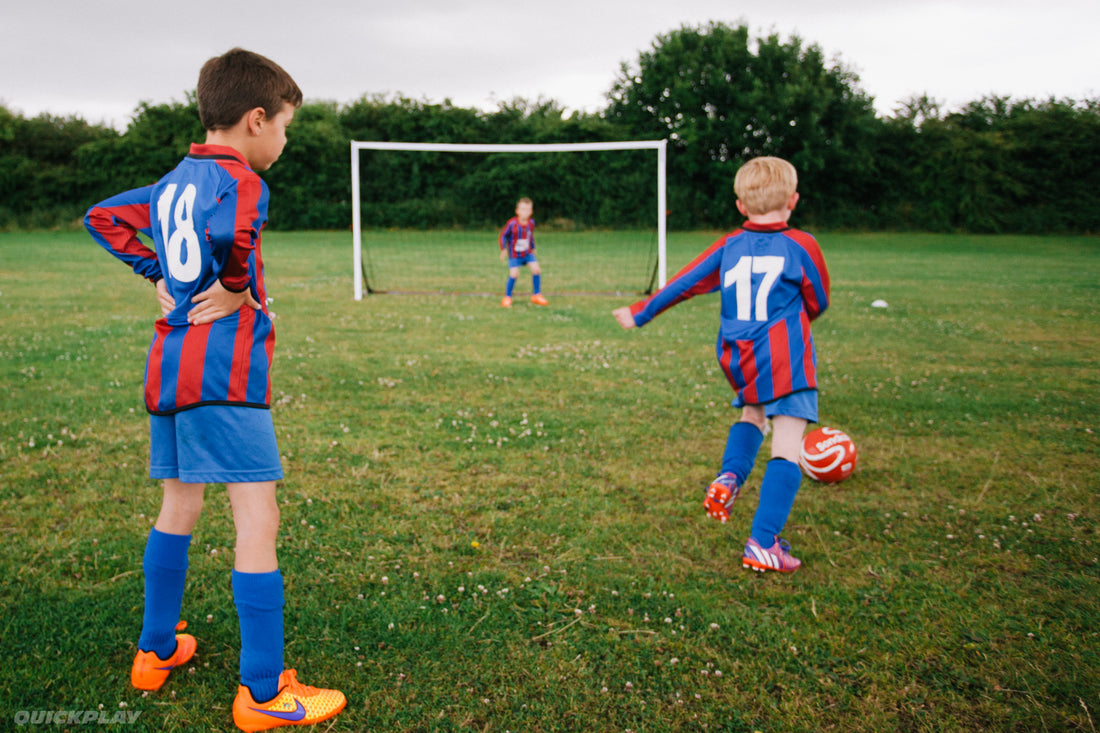
The QUICKPLAY Blog
How to Build a Football Training Program

The best football players in the world know that the key to the success and number of matches won happens when they are healthy. This is accomplished with focus and proper training. Physical and mental health is essential for football players at all levels; from beginner to professional. An effective training program considers a holistic approach towards training. It is robust enough to include, football skill development, as well as physical and mental strength and fortitude. Your program should not only help you stay fit and in shape, but also provide you with performance and tactical knowledge of the match.
One of the most important, yet underrated components of quality program is Rest. This is more commonly known as Recovery.
Recovery is one of the basic principles of the training methodology. It has two primary roles:
- Monitoring an athlete’s adaptation to training and stress, so that appropriate recovery strategies can be determined.
- The selection of specific recovery techniques, and strategies to minimize any residual fatigue from training and competition.
Recovery - “What happens”. The actual process of an athlete, physically or psychologically overcoming the stresses of training.
Regeneration - Are the activities or strategies designed to help facilitate the recovery process. A dedicated plan, training, component or day when regeneration strategies are implemented (passive or active).
Active Rest - Is time off from regular training, supplemented by non-related physical activity.
Rest - Is time off with NO training at all.
STRESSORS

There are several types of fatigue that happen during training and competition. One obvious one is soreness or injury. This is called mechanical or physical fatigue. Mechanical fatigue is the wear and tear on your muscles and support structures like tendons, ligaments, bone, and fascia. Another stressor is metabolic fatigue. This happens as a result of “low battery” or depletion of your energy storage.
There are also other types of fatigue that are harder to recognize. Neurological fatigue is the wear and tear on your nervous system, this happens as a result of crazy matches schedules, traveling to tournaments, juggling school and sports, etc. Another difficult type of stressor to identify is psychological fatigue. This happens when you hear bad news, have relationship issues, have trouble with your teammates, or have struggles at home, etc.
All of these stressors cause fatigue and in turn inhibit you from performing at your best. These are reasons why recovery is such an important part of your training regimen.
I get more in depth on these types of stressors in another article, so let’s focus this conversation on recovering from mechanical or muscle fatigue.
MUSCLES HEAL IN PHASES
After you break down the muscle tissue after a training session or competition, they need time to heal and recover. The first thing that happens is that they go into a repair phase. In this phase your body cleans away the overused and damaged tissues. Once this is complete, your body begins to create new muscle fibers, and so begins the remodeling phase.
Giving your body enough rest time to recover ensures that your body is healed, healthy, stronger, and ready to begin training again.
GOAL SETTING

Another important component of your program should be goal setting. Author, Lewis Carroll illustrated this concept best in his novel, Alice adventures in Wonderland. Alice, upon coming to a crossroads doesn’t know which way to go. She asks the Cheshire cat which way she should go. The Cheshire cat asks her where she is going. She answers that she doesn’t much care. The cat then replies, that it doesn’t matter which way she goes. This profound interaction is the reason why we set goals.
If we don’t know where we are going, then it doesn’t matter what we do to get there.
It is of paramount importance to set goals. Take a minute and think about what kind of a football player you want to be. What are your current strengths and weaknesses. Where do you want to go and how are you going to get there. Write these down so that your training program can be focused. You may want to get faster, stronger, smarter or work on your ball control or shooting. Once you have your goals set, that’s only half of it. You must establish a measurable baseline. Without a baseline you can’t know where you’re at. You need a starting point. Measure your speed, strength, or football techniques that you want to improve. This will be your baseline for each of your goals. Make sure to measure them at least twice per month so that you can know if your training program is effective or needs modification. Simply using a metric like wins and losses is a great team goal, but setting specific micro-goals will help you be an elite player.
Your football development training program may include running drills, weights, ball handling and even flexibility and balance. Regardless of position or level of play, you should develop a regimen tailored to accomplish the goals that you set. This is called training with intention. Without intention, you will be just like Alice, walking aimlessly, through wonderland.
TRAINING

My advice for a beginner or novice player is to train 3 to 4 days per week for 30 - 45 minutes, and for very serious players 4 to 5 days per week for 1 – 2 hrs. Make sure to give yourself 1 - 2 days off during the week for adequate rest and recovery. If you are too sore or fatigued, you know your rest probably wasn’t long enough. For example, if you do high volume or high load capacity sprints or lifts then you’re going to need between 48 and 72 hours of rest before doing that type of high intensity training again.
One of the benefits of a robust quality training program is that it will level up your match-time fitness. You will see that if you are consistent, you will improve your in-match performance. You will be faster, have better touches and not fatigue as quickly.
MY TOOL BOX

Some of the tools that I use as a strength and conditioning management when training my athletes are cones, hurdles, ladders, agility poles, and resistance bands. Training with this type of performance gear can be the difference between an effective and engaging program, and a generalized or dull program. Remember training should be hard, but it should also be fun.
Most players at a young age overlook and skip-out on the physical fitness part of training. Most organized Trainings focus on drills with a football. While, this is very important it should fit in as part of your overall training program. If your main goals are related to football skills then at least add dynamic warm-up, sprint training, and recovery so as to get faster and prevent the likelihood for injury.
Enhancing your skill level as a football player is crucial. Drills focused on ball control, shooting accuracy, foot work, and passing accuracy can all be part of an effective football training program. You can even Training specific scenarios such as first touch, dribbling, attacking moves or defending tactics to be more prepared for match situations.
Rebounders, goals, passing and finishing targets are all tools that can enhance and fine-tune the skills necessary for you to accomplish your goals. One company that I trust is QUICKPLAY. They have a great assortment of performance and skill training products that are affordable, portable, and durable.
One element of training that has taken center stage over the last few years has been cognitive training for its ability to help athlete’s think smarter strategically on the pitch. Various drills and exercises can reinforce good decision-making, active-thinking, and faster reaction time. QUICKPLAY has partnered with cognitive giant BlazePod to create a Smart Rebounder. This new rebound board will help you train your physical and cognitive skills at the same time. Training like this will make you think and move faster than you ever thought possible and enhance the tactical knowledge you need to give you an edge over your opponents.
QUICKPLAY also has Cognitive Cones which come in various colors and have unique numbers on them. These are some of my favorite cones, because as a Manager I can tell a player to move to a color or a number and they have to react accurately and quickly. These cognitive tools boost your brain abilities, which studies have shown to be visible in the world’s best football players.
Physical and cognitive fitness are valuable characteristics of elite football players and can be developed early on if part of a proper training program.
To be a great football player remember to:
- Set measurable goals
- Establish baselines for each goal and continually measure progress
- Train with intention
- Train your physical and cognitive abilities (body and brain)
- Make sure to recover
- Training football specific scenarios
- Use performance tools (cones, rebounders, hurdles)
If you are willing to put in the work and be consistent, I promise you will reap the rewards come match day!
-- Manager Cummings

Michael Cummings
www.coach-cummings.com
"Michael Cummings is a strength and conditioning coach in San Diego, CA. For more than 20 years he has coached Olympic and professional athletes to youth athletes. He is also a certified Rehabilitation Specialist and Brain Trainer. He is passionate about upgrading the performance of all athletes."

